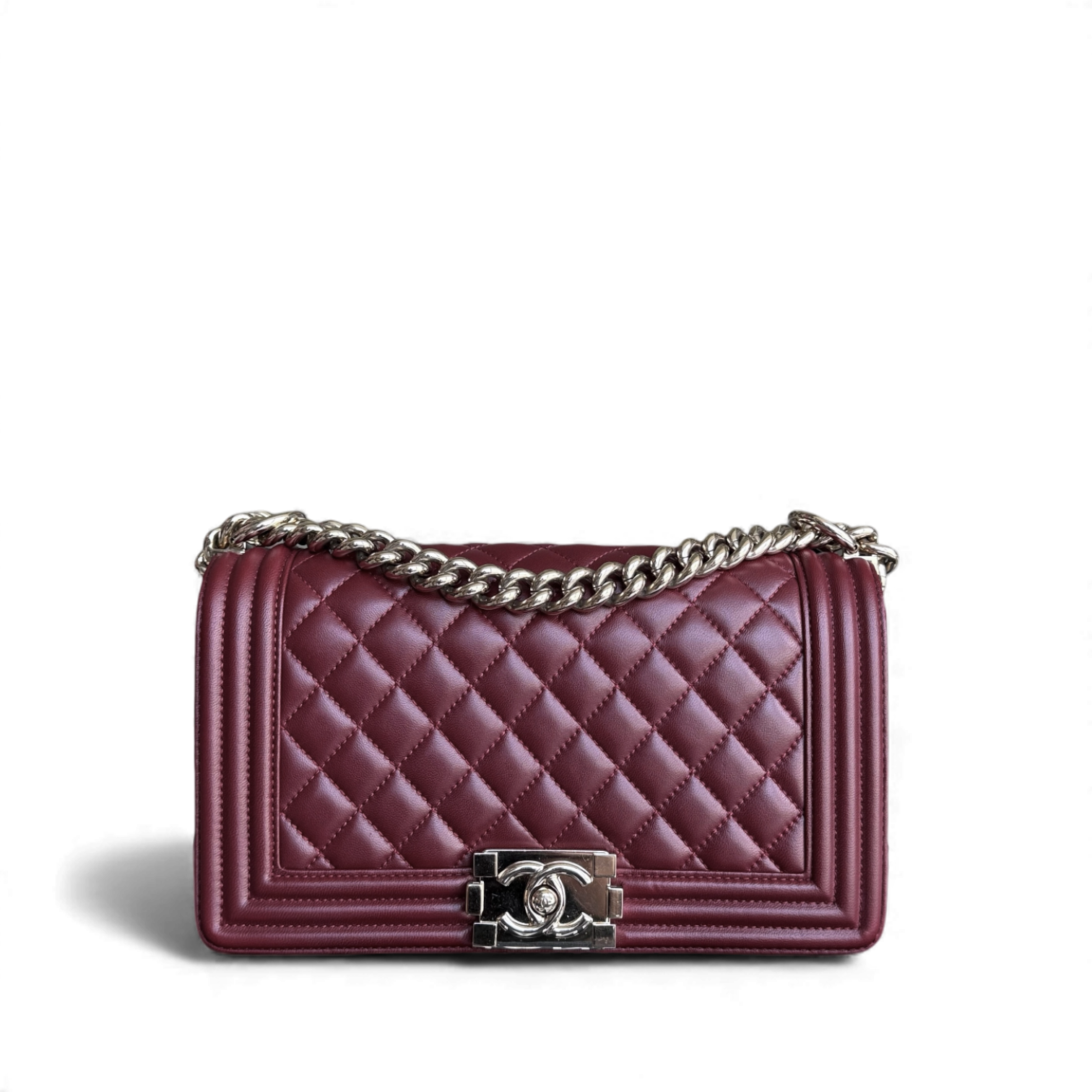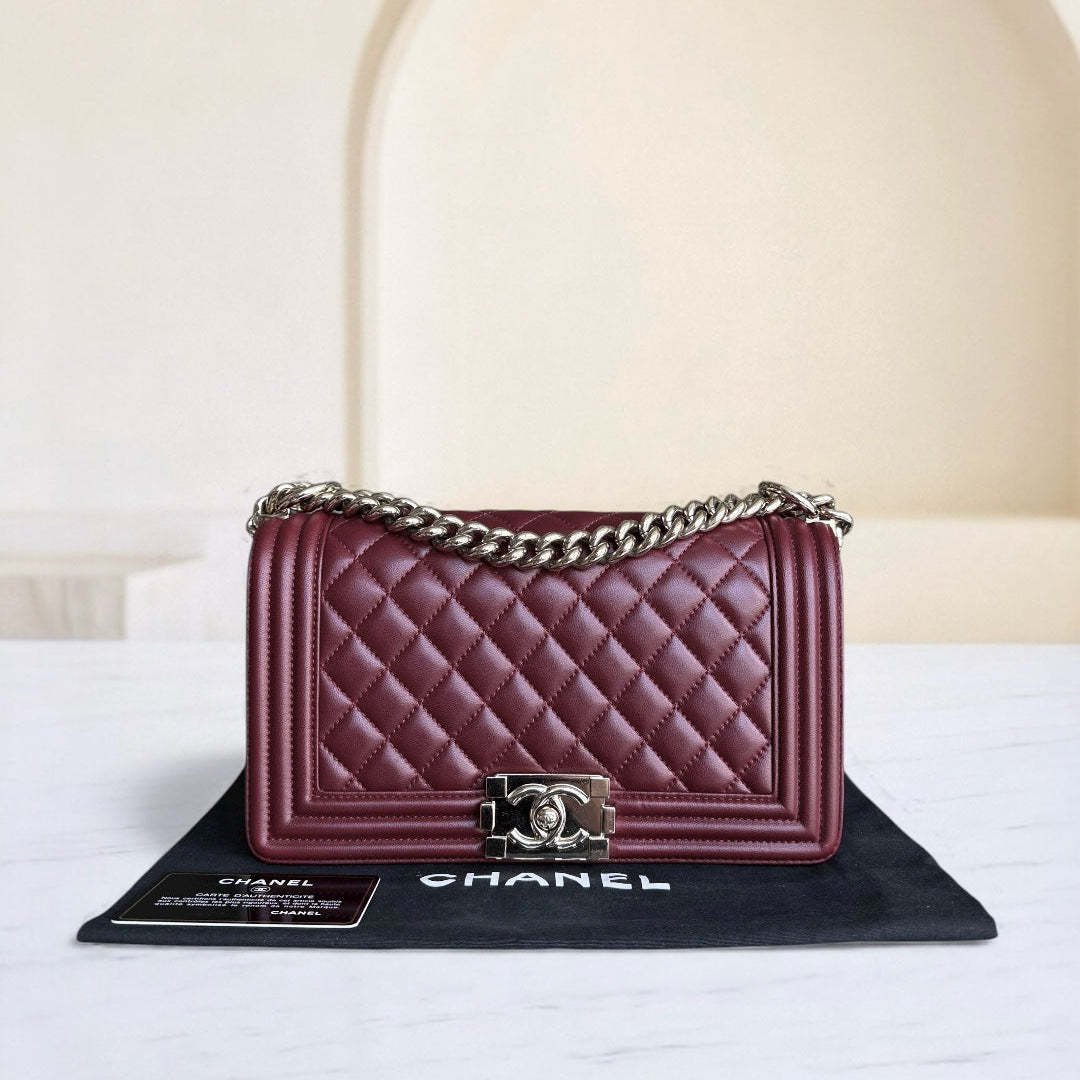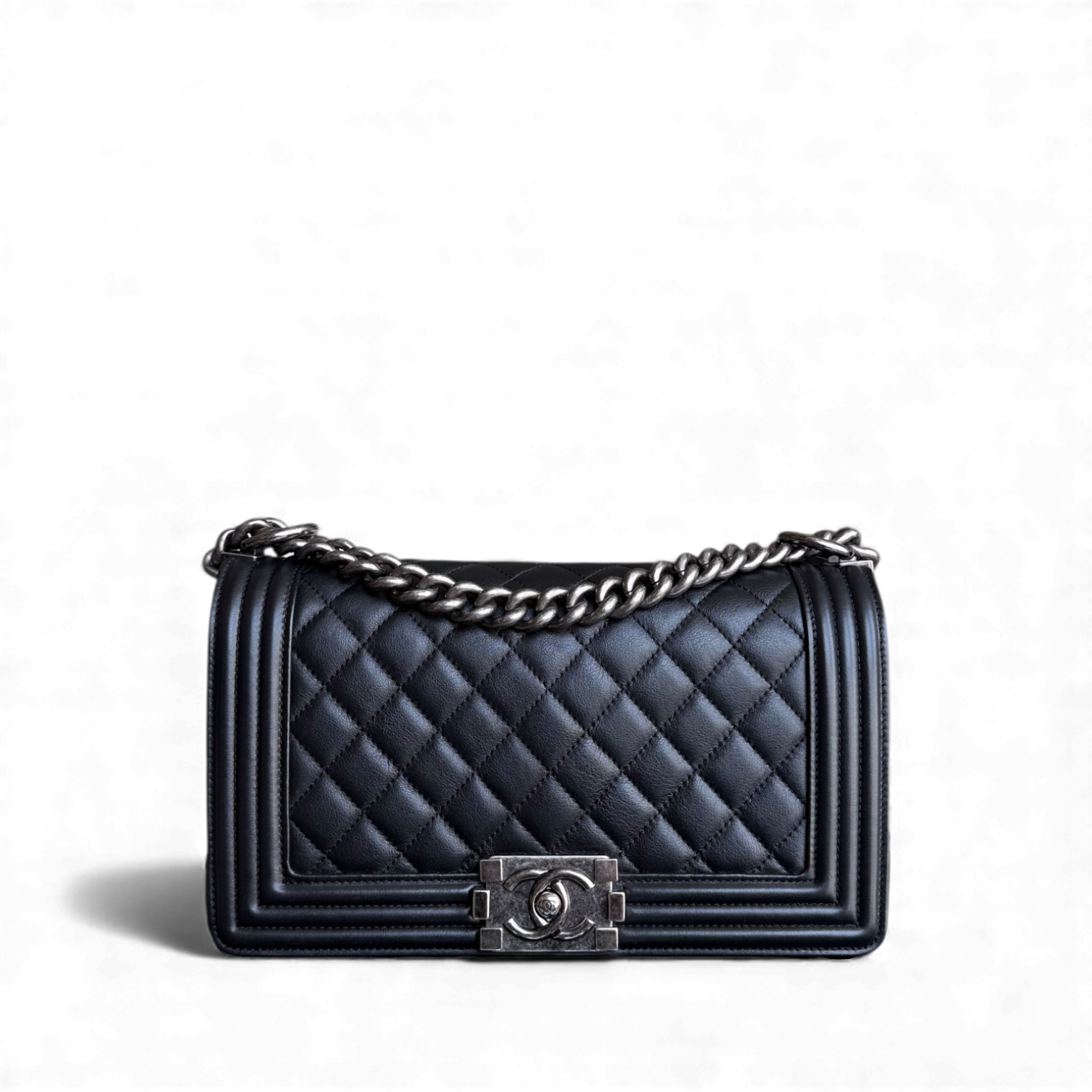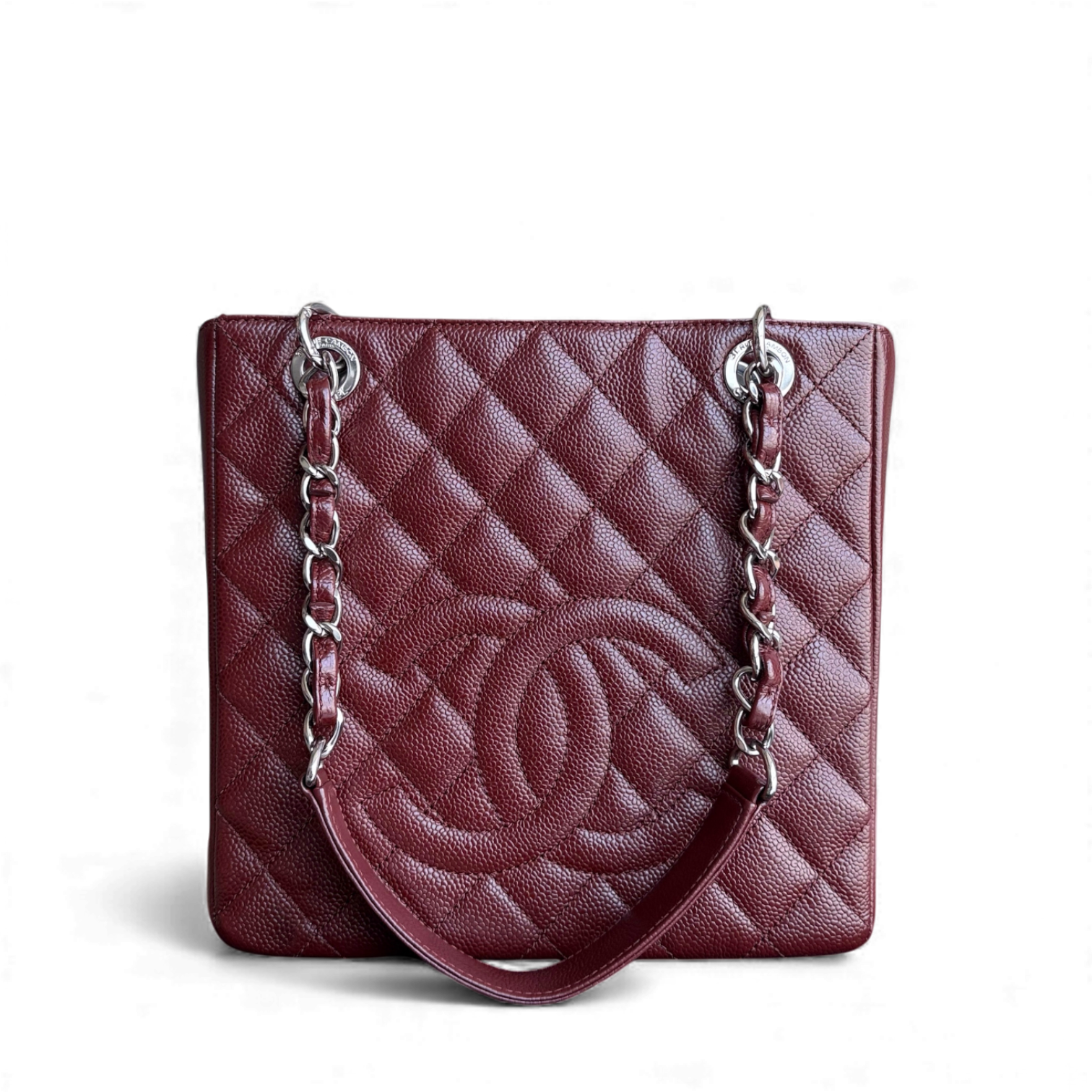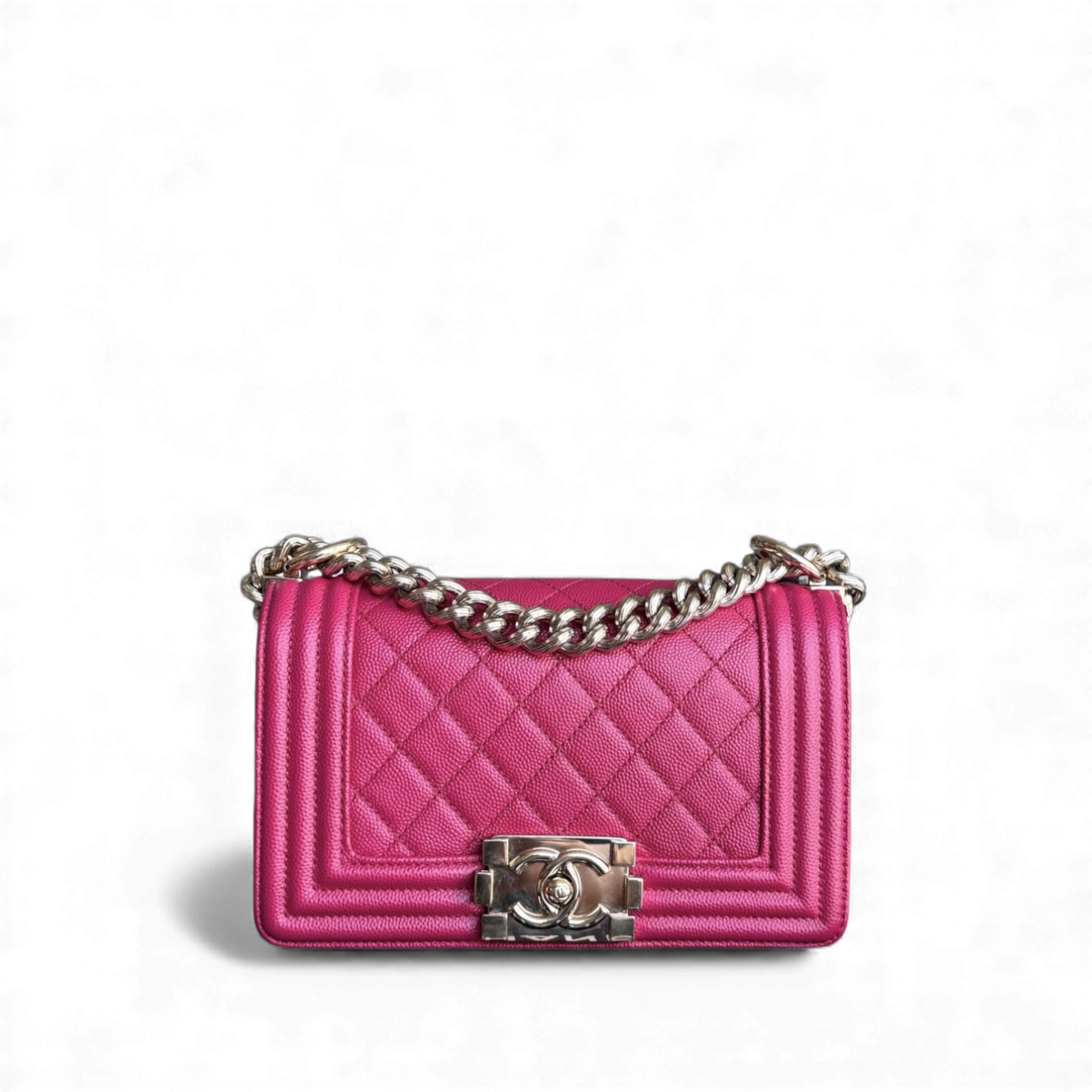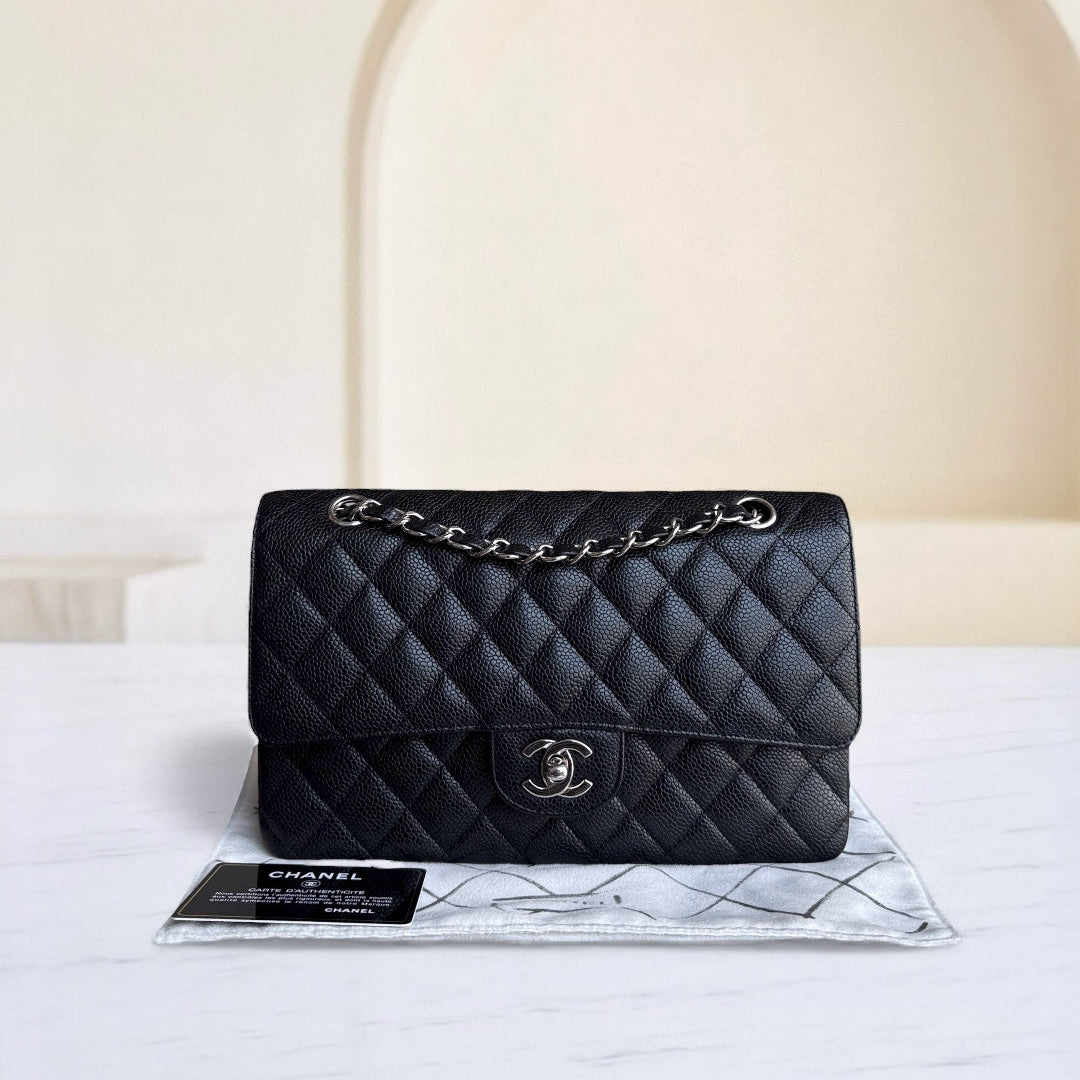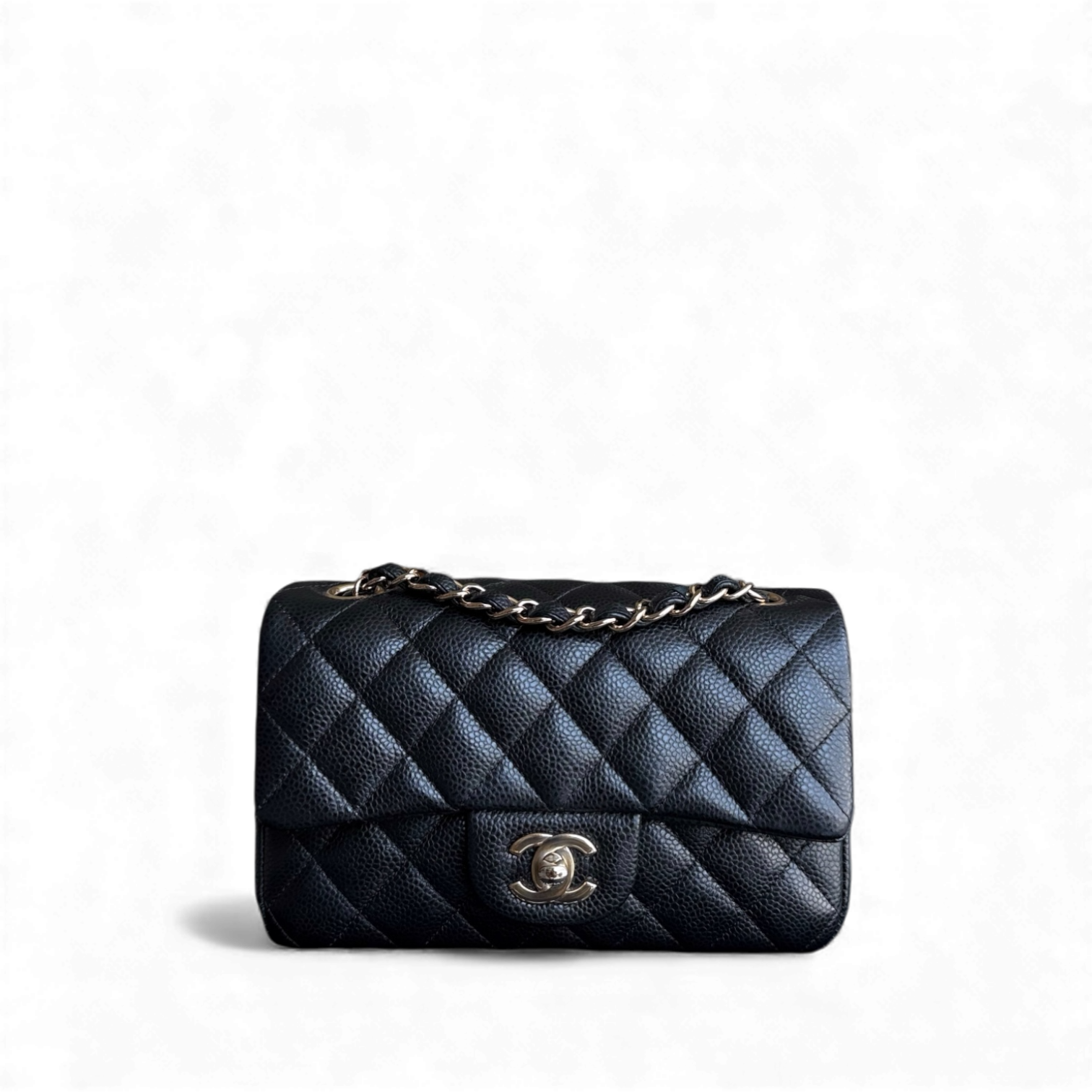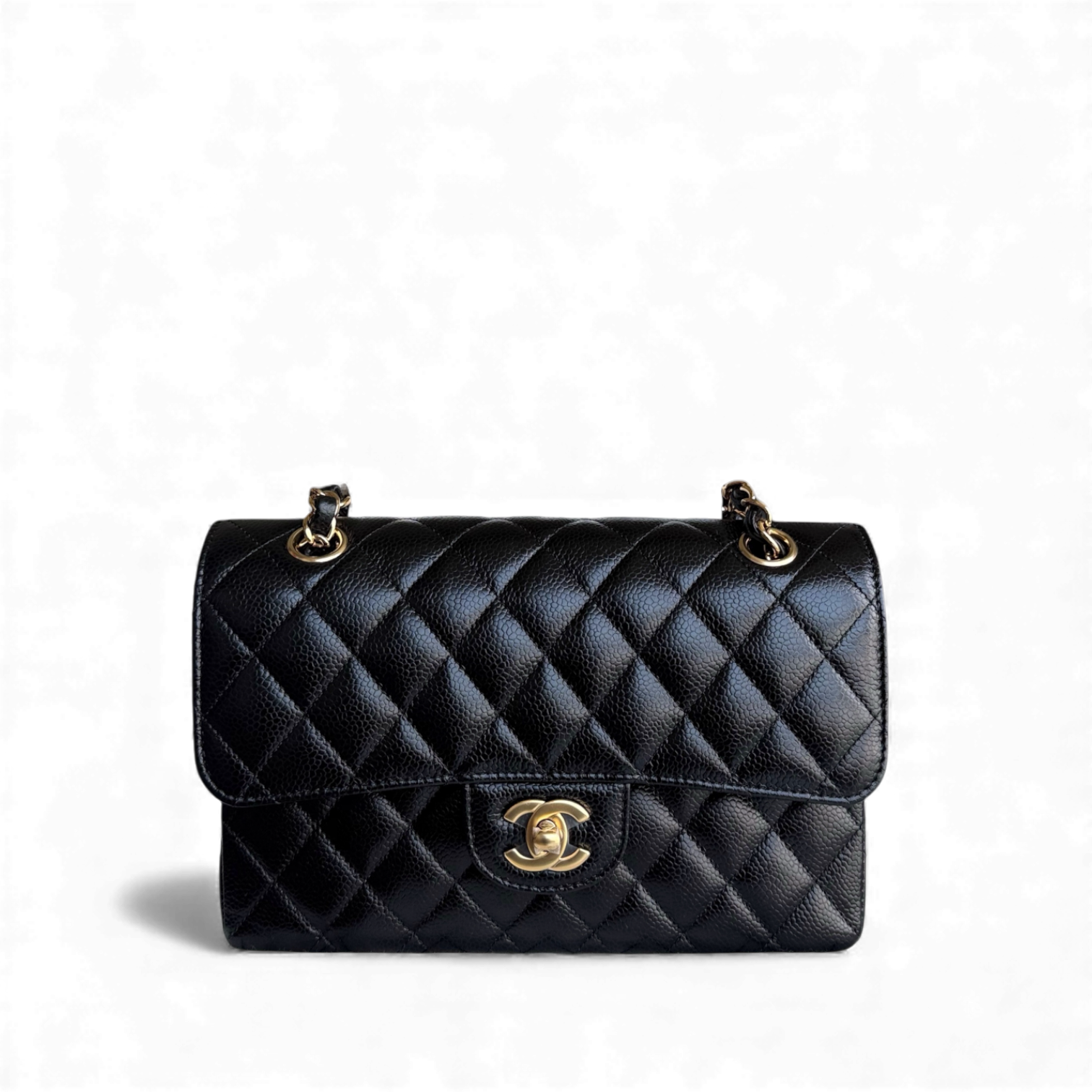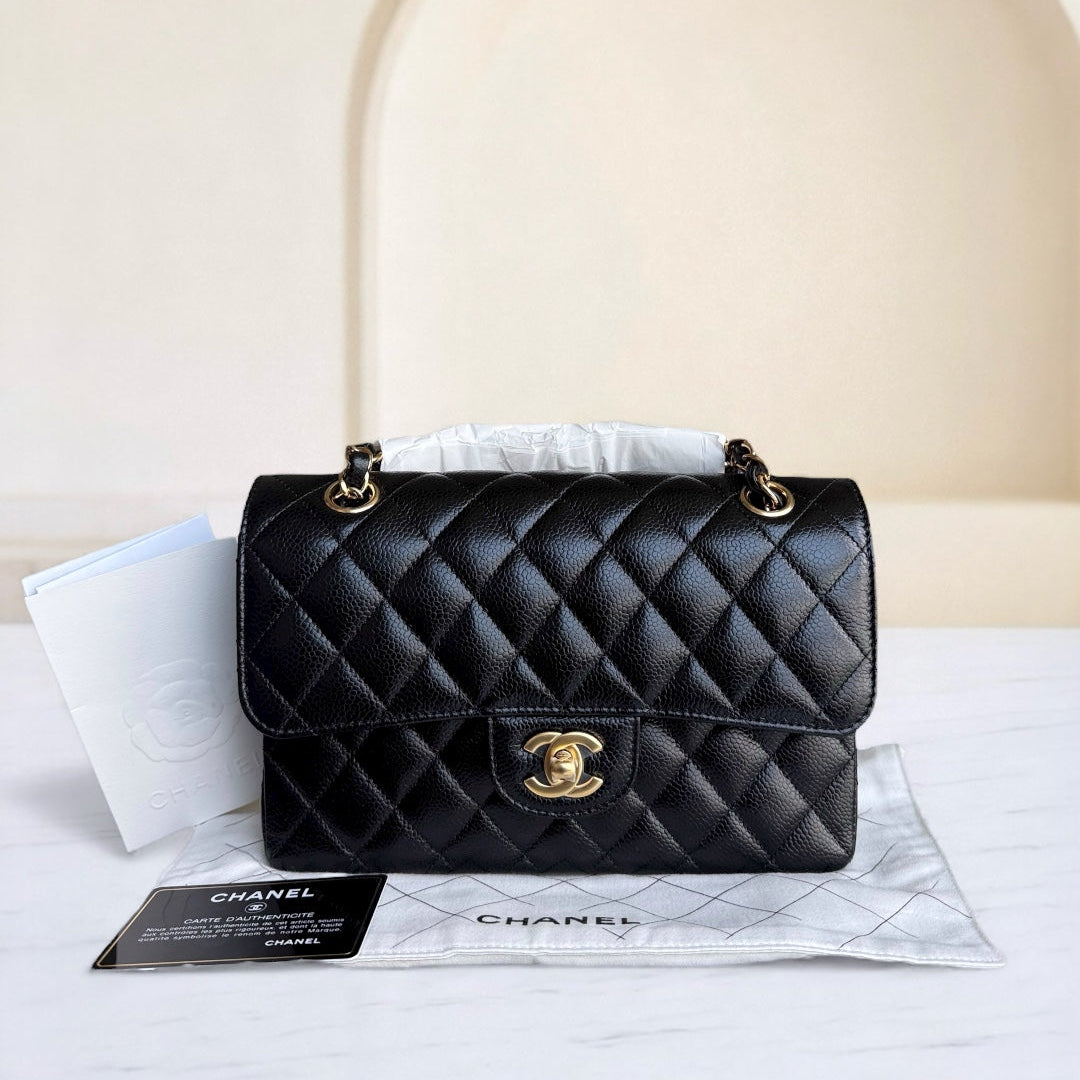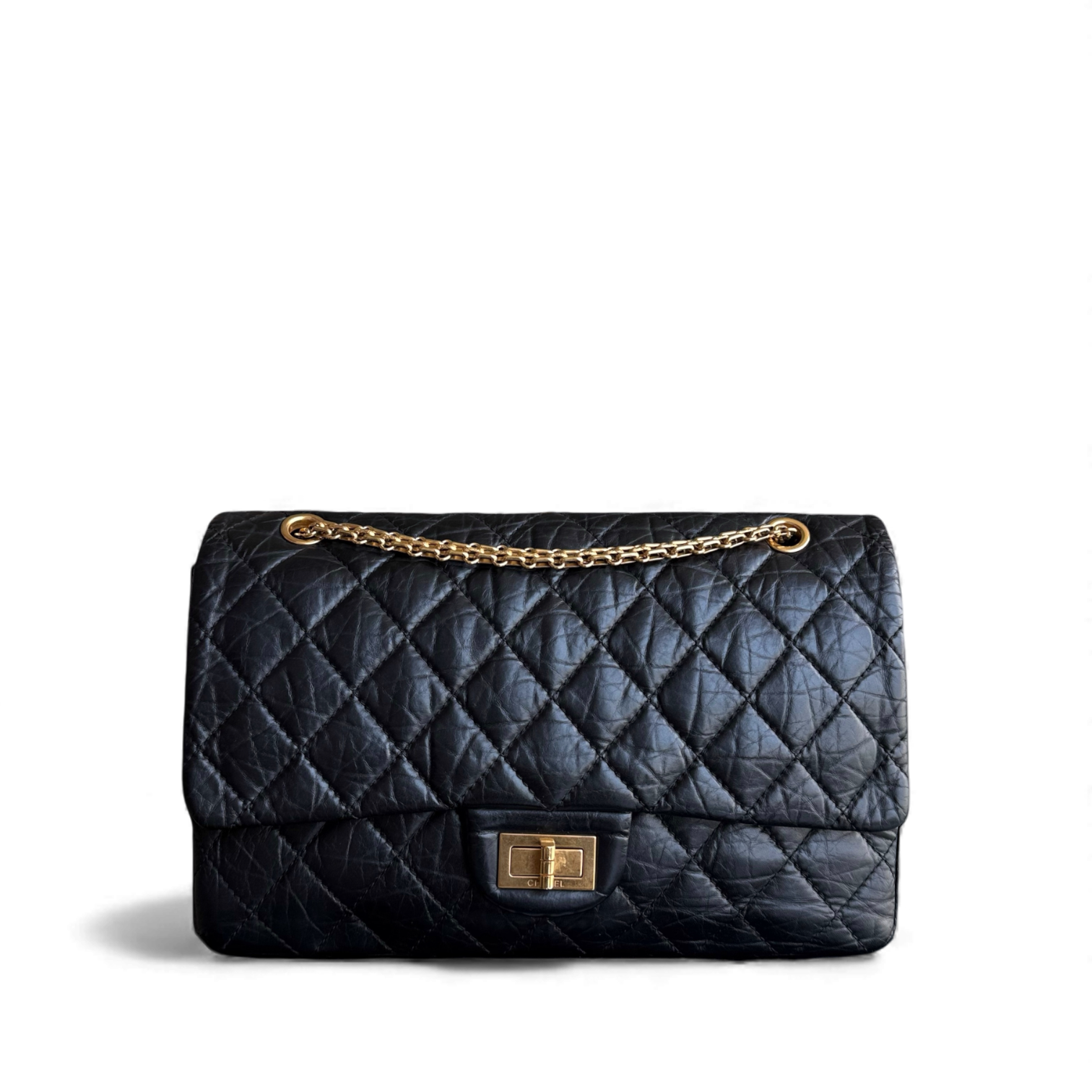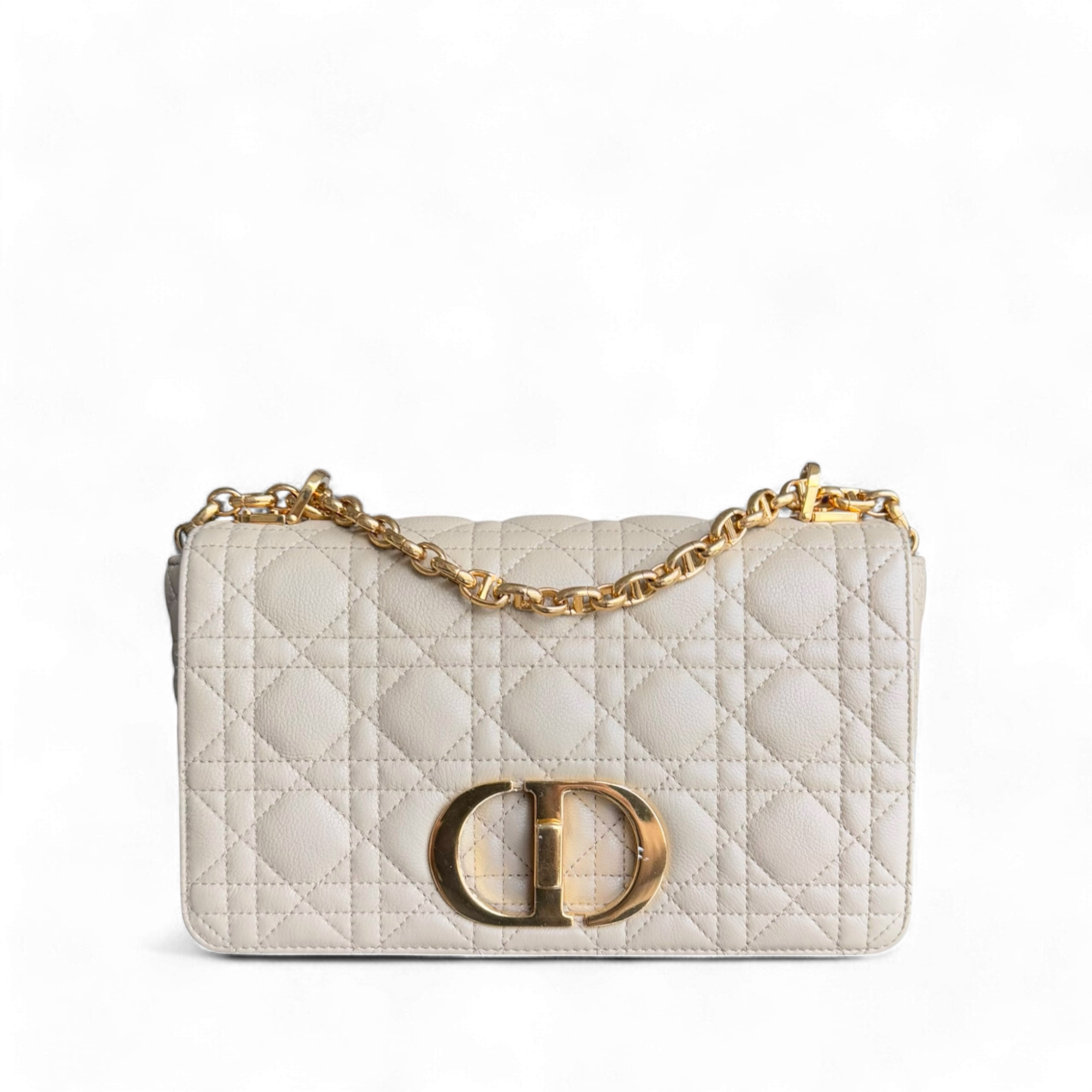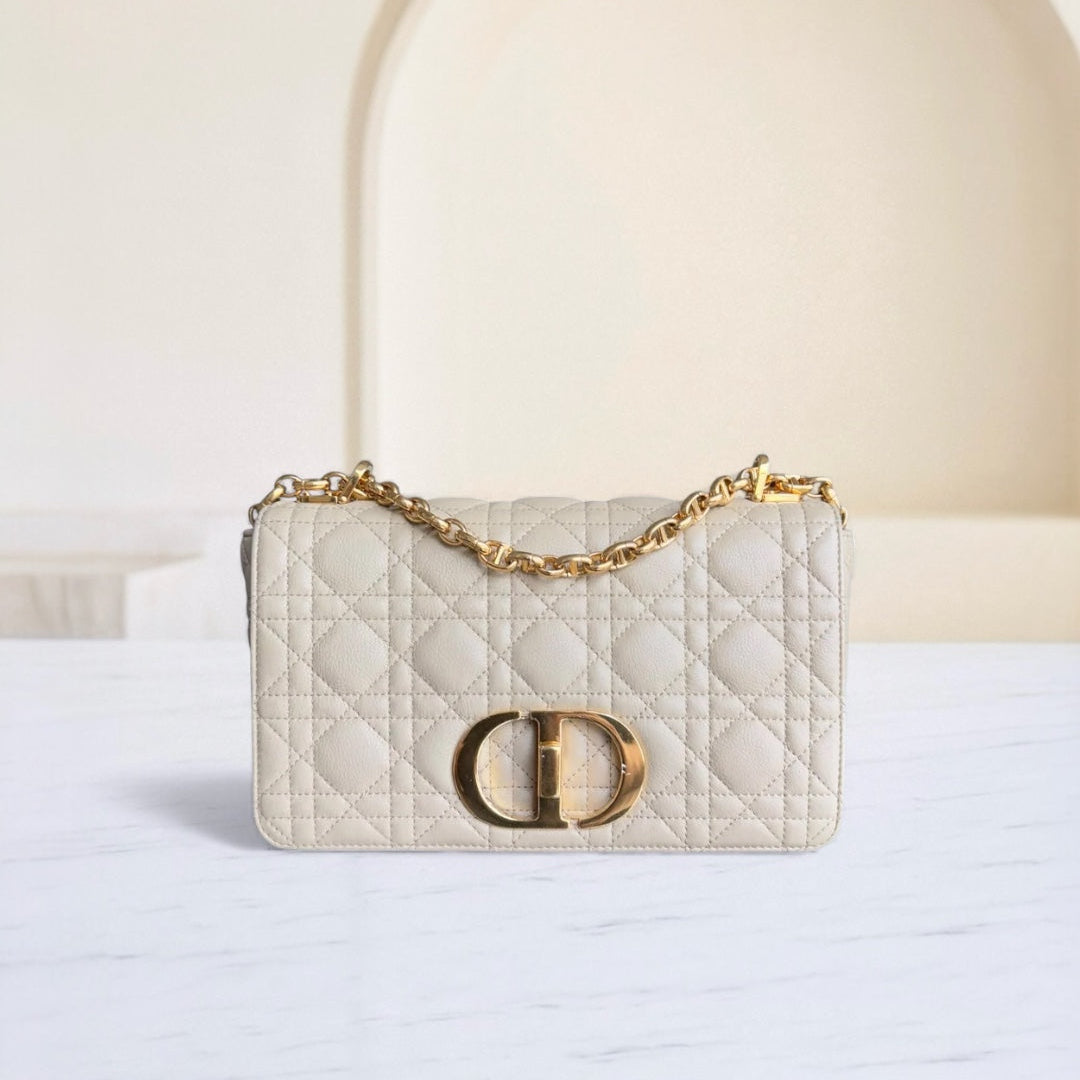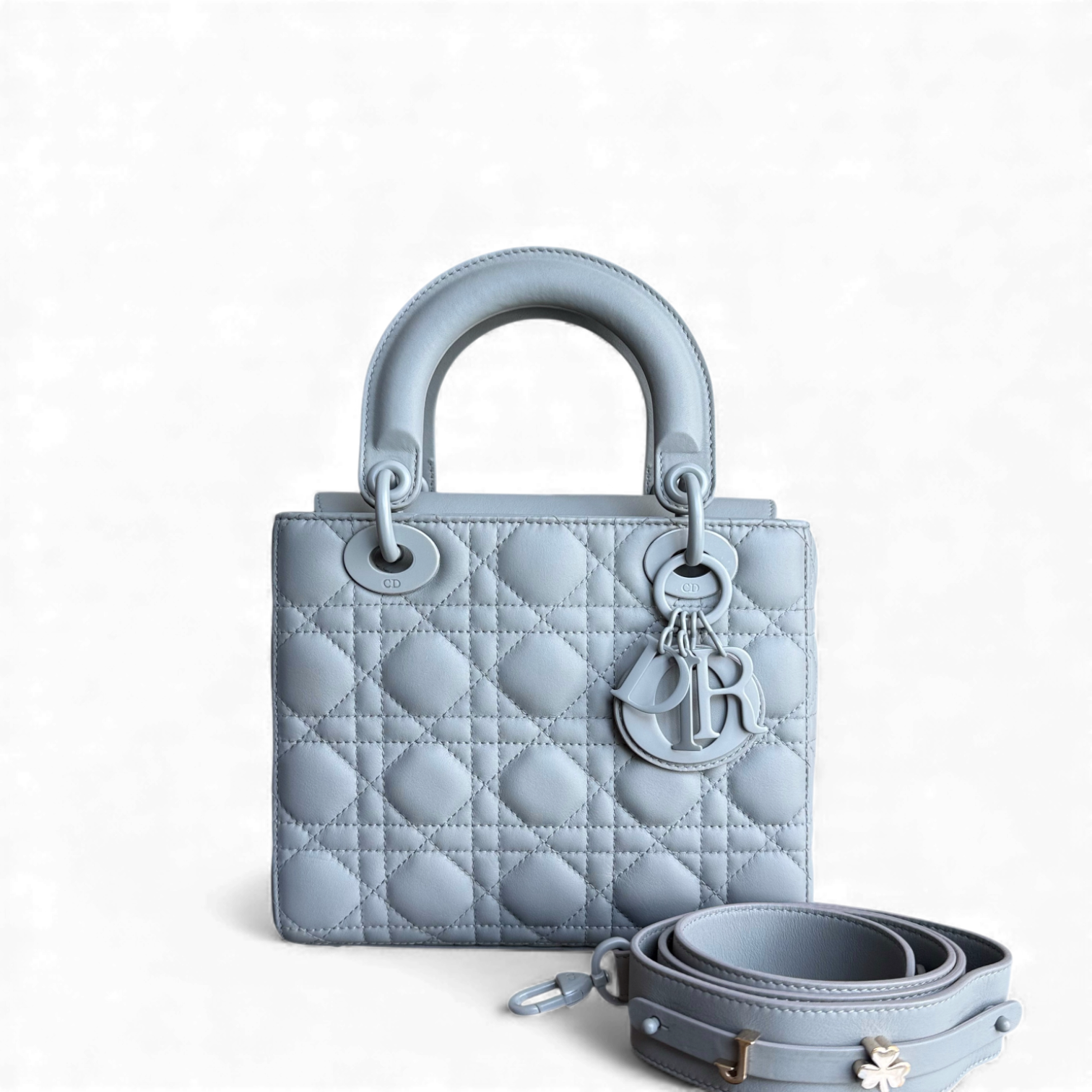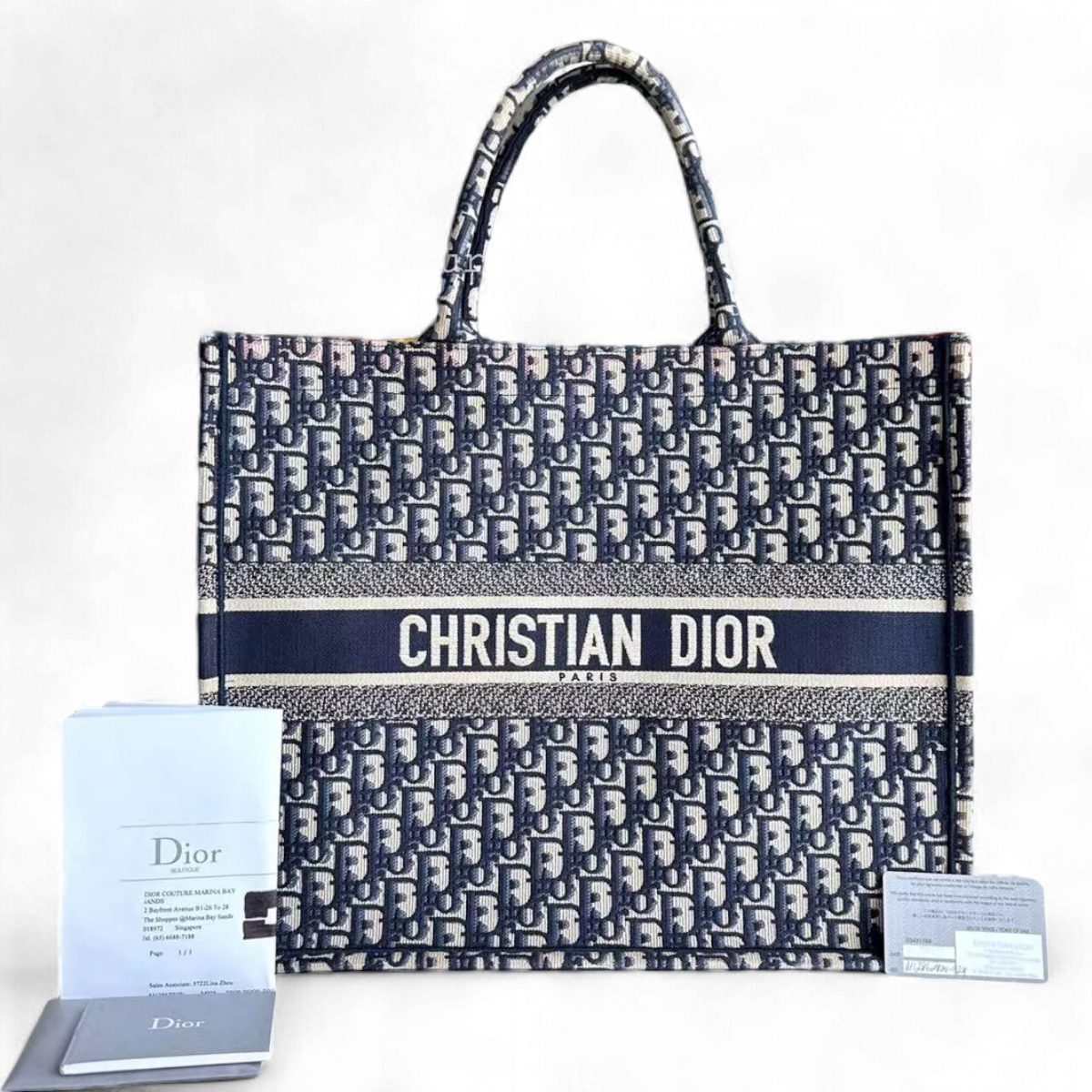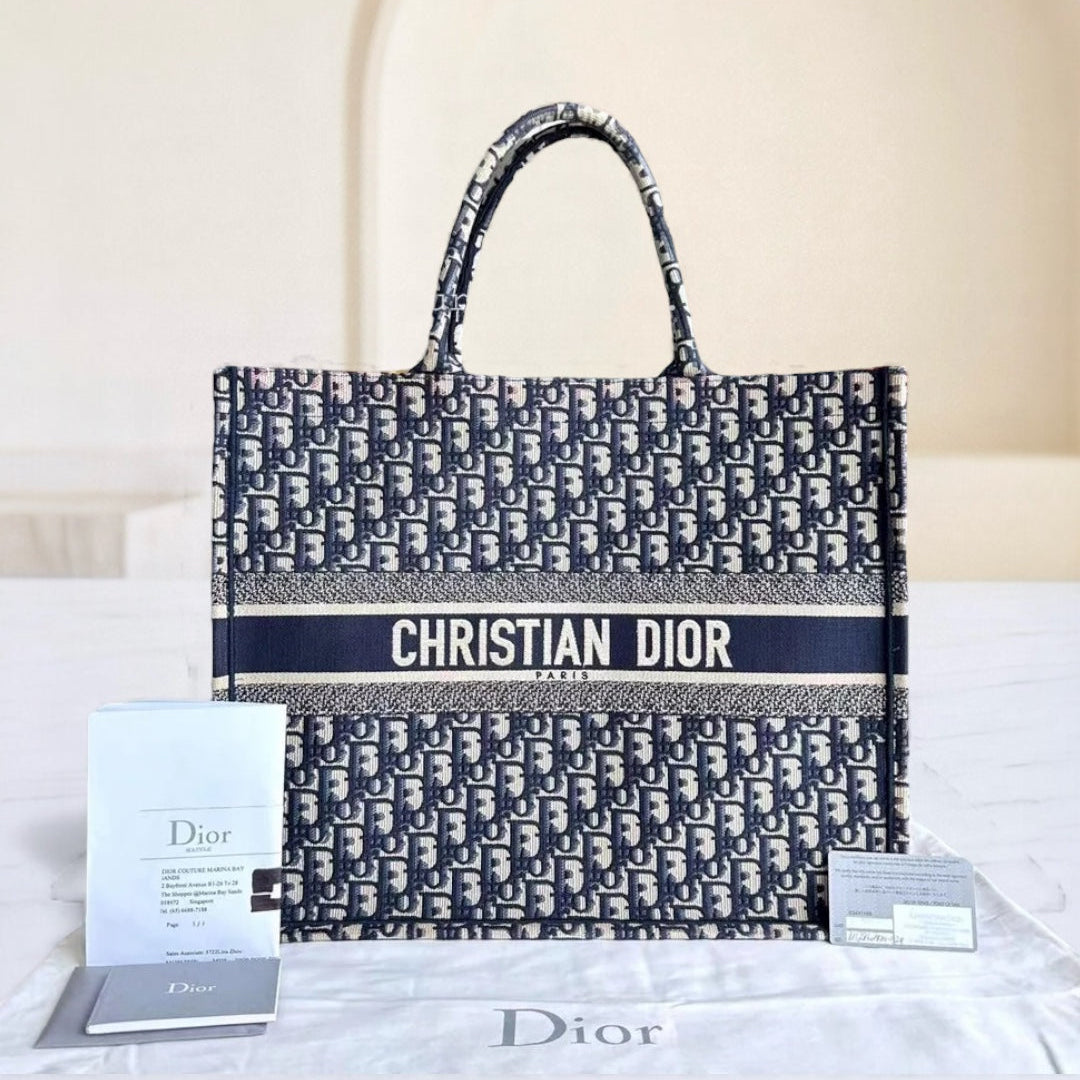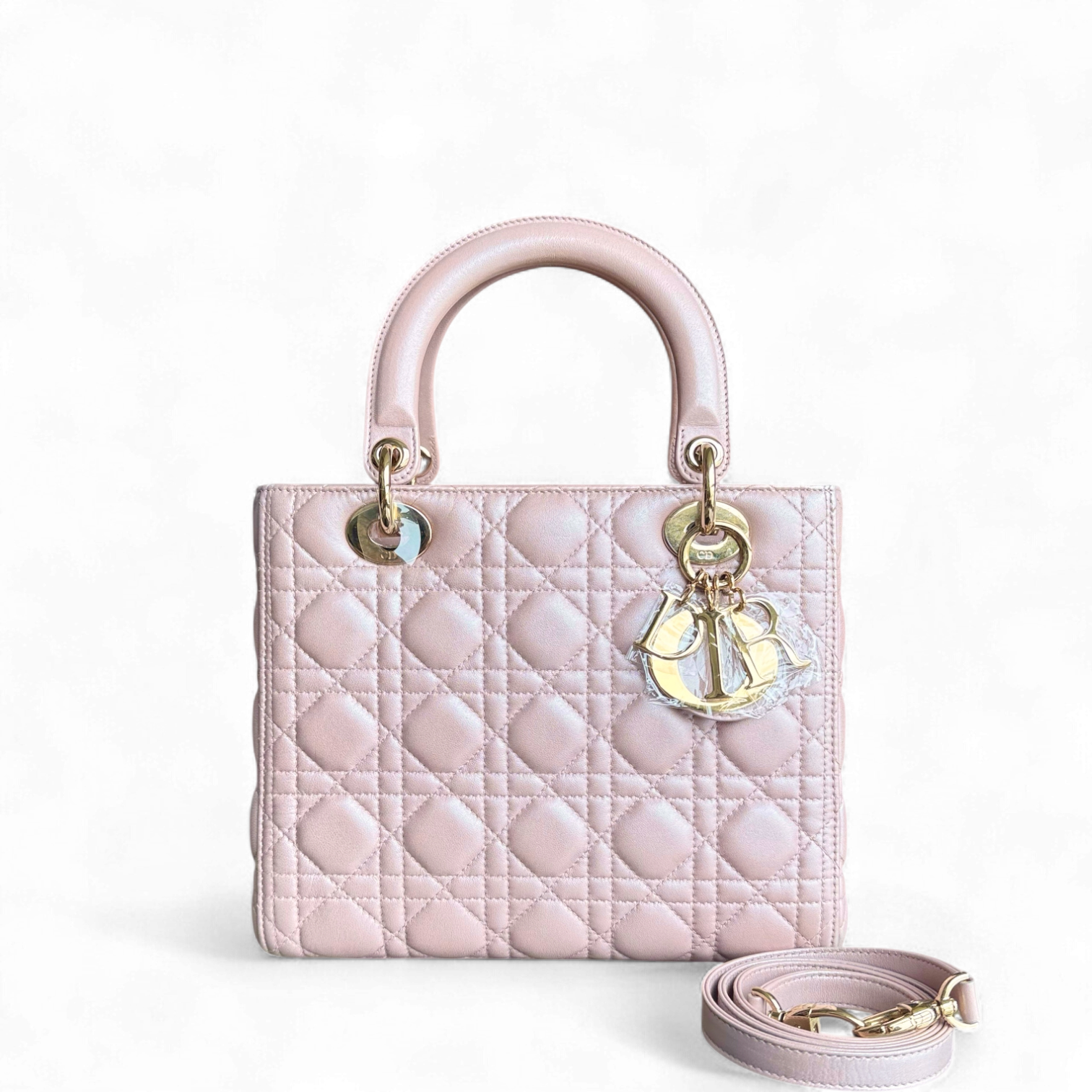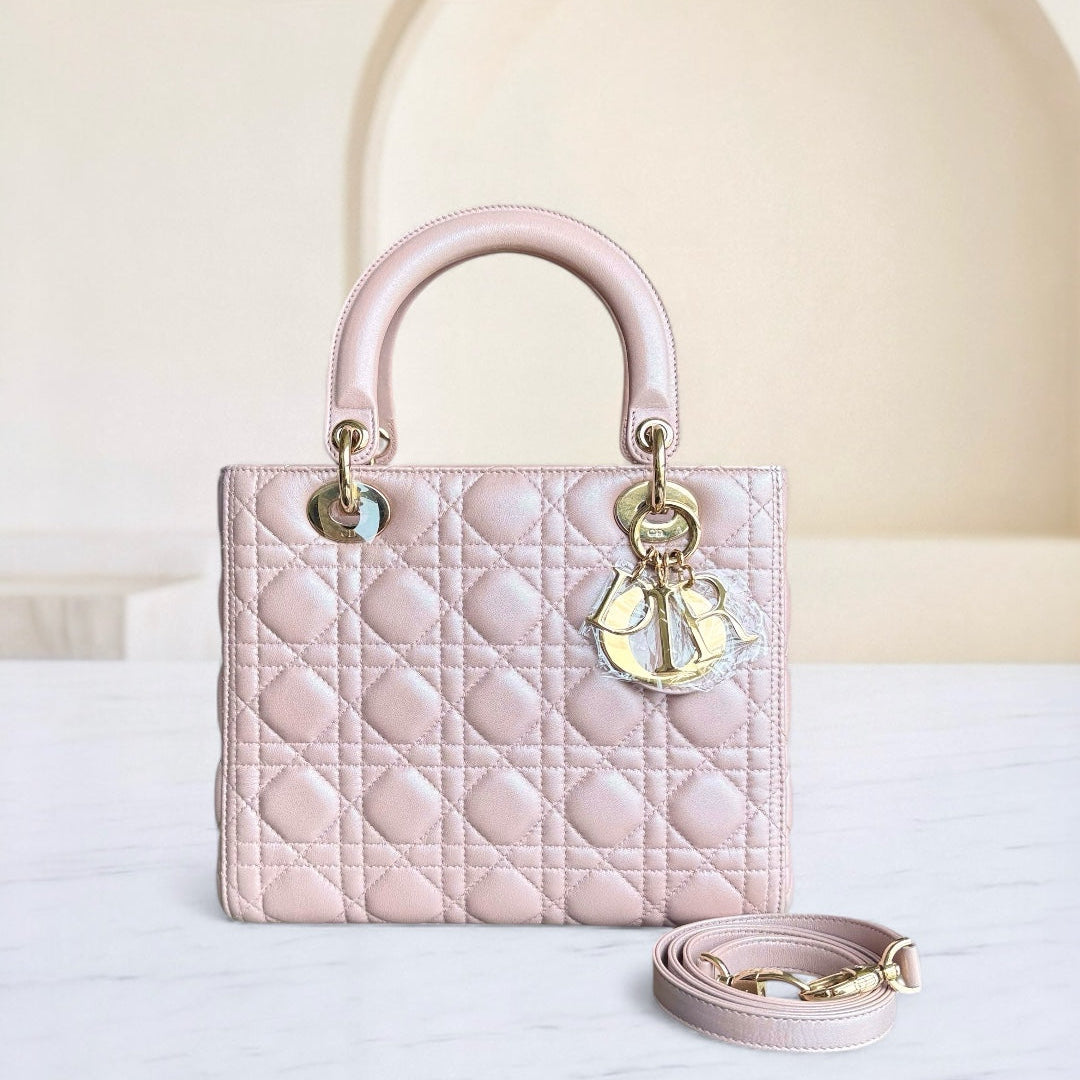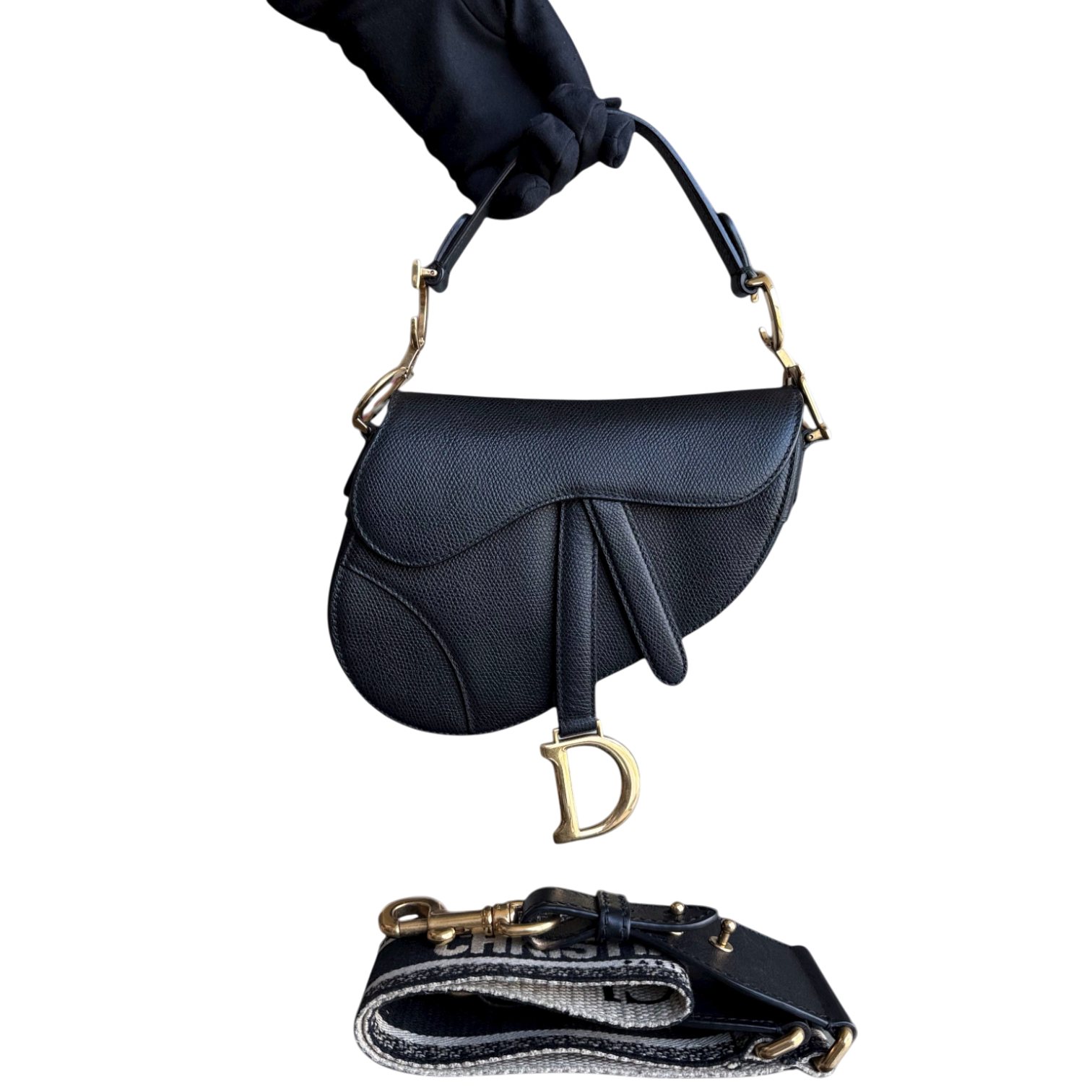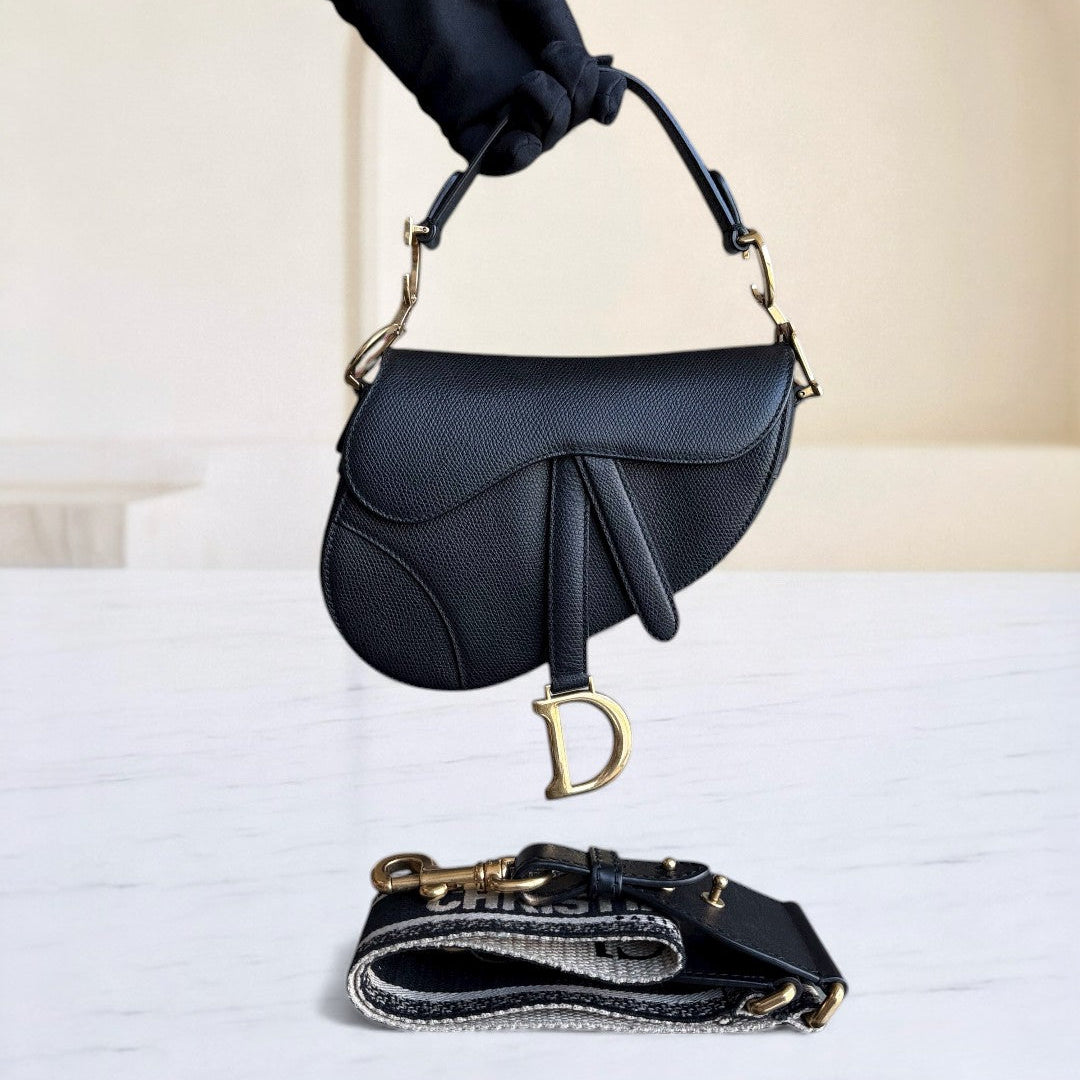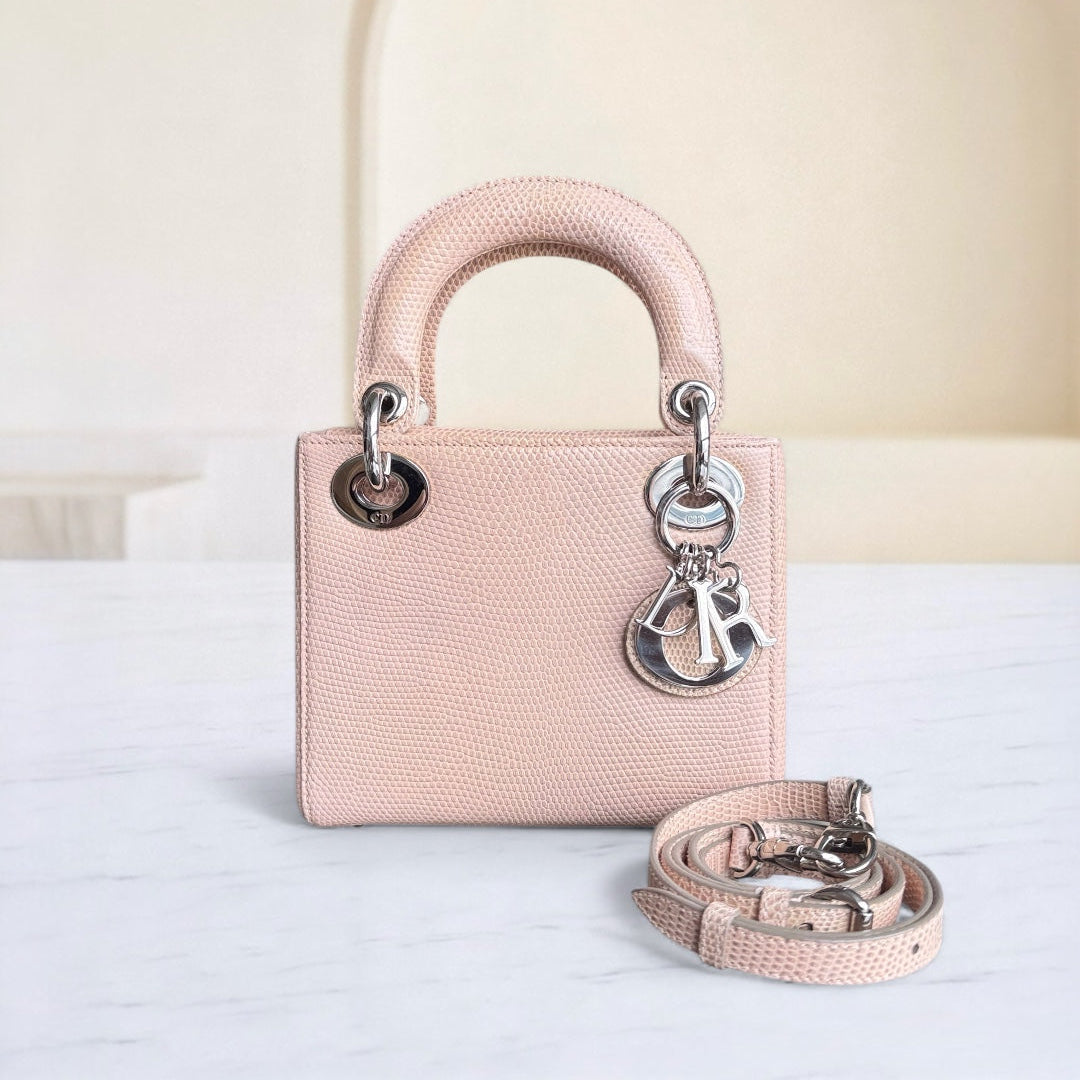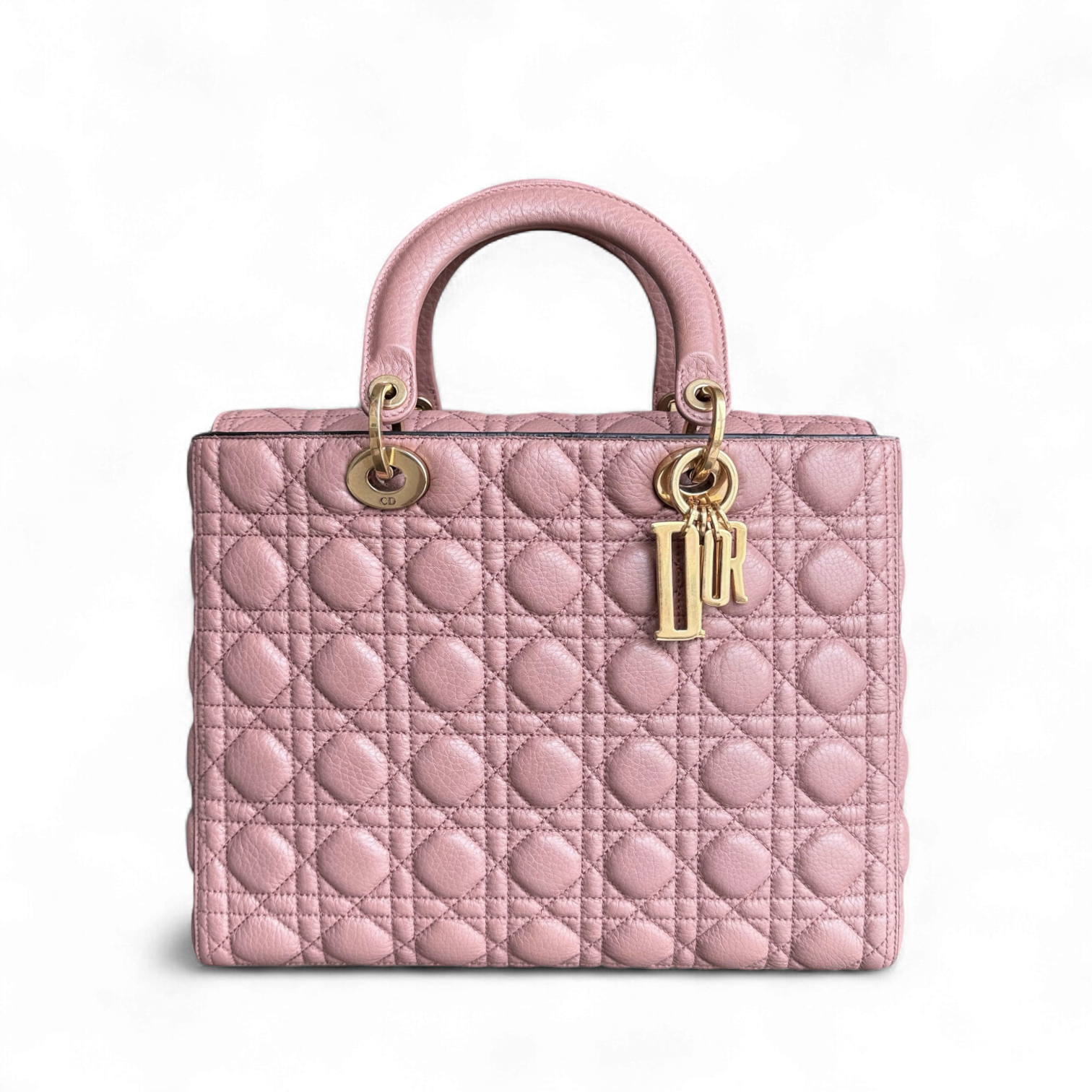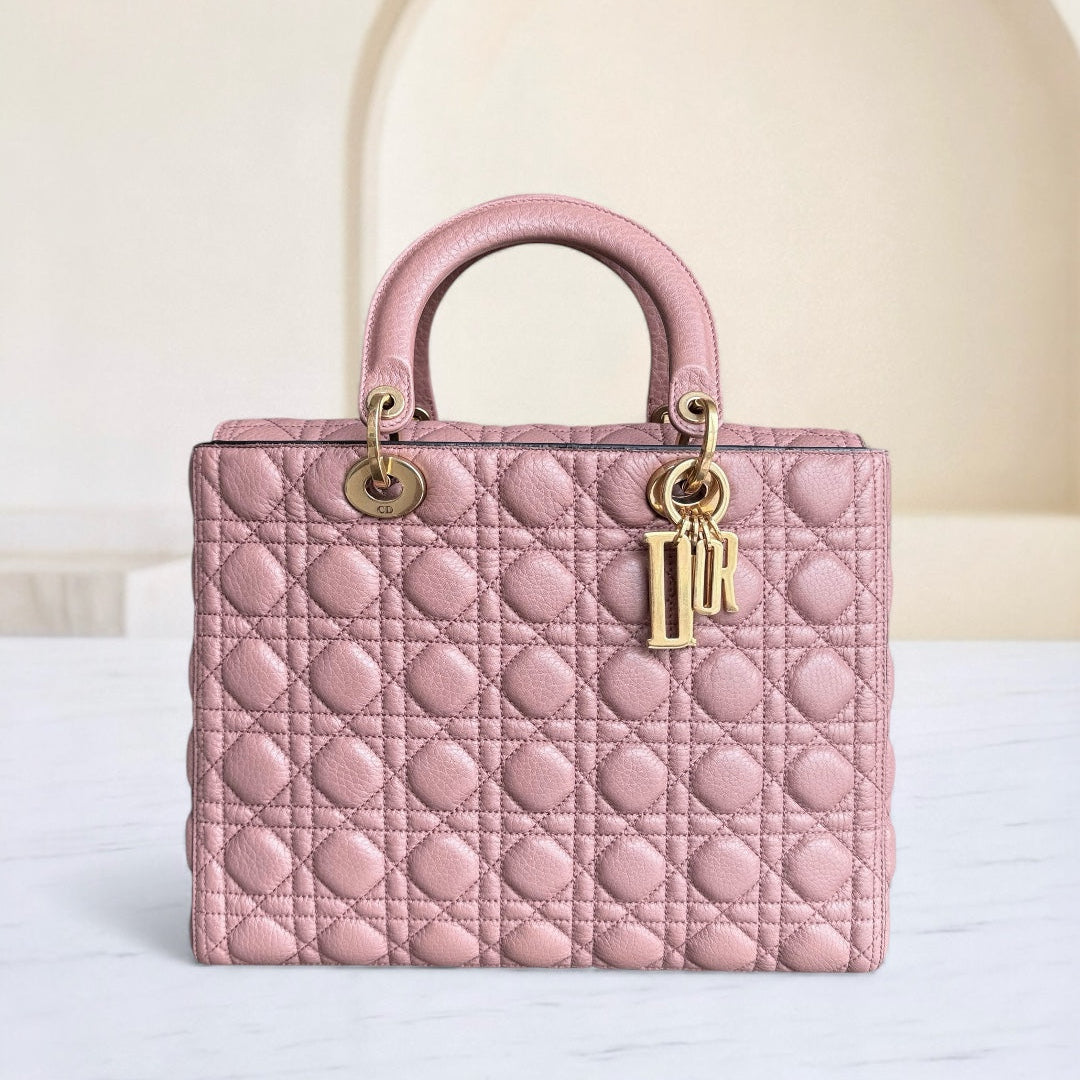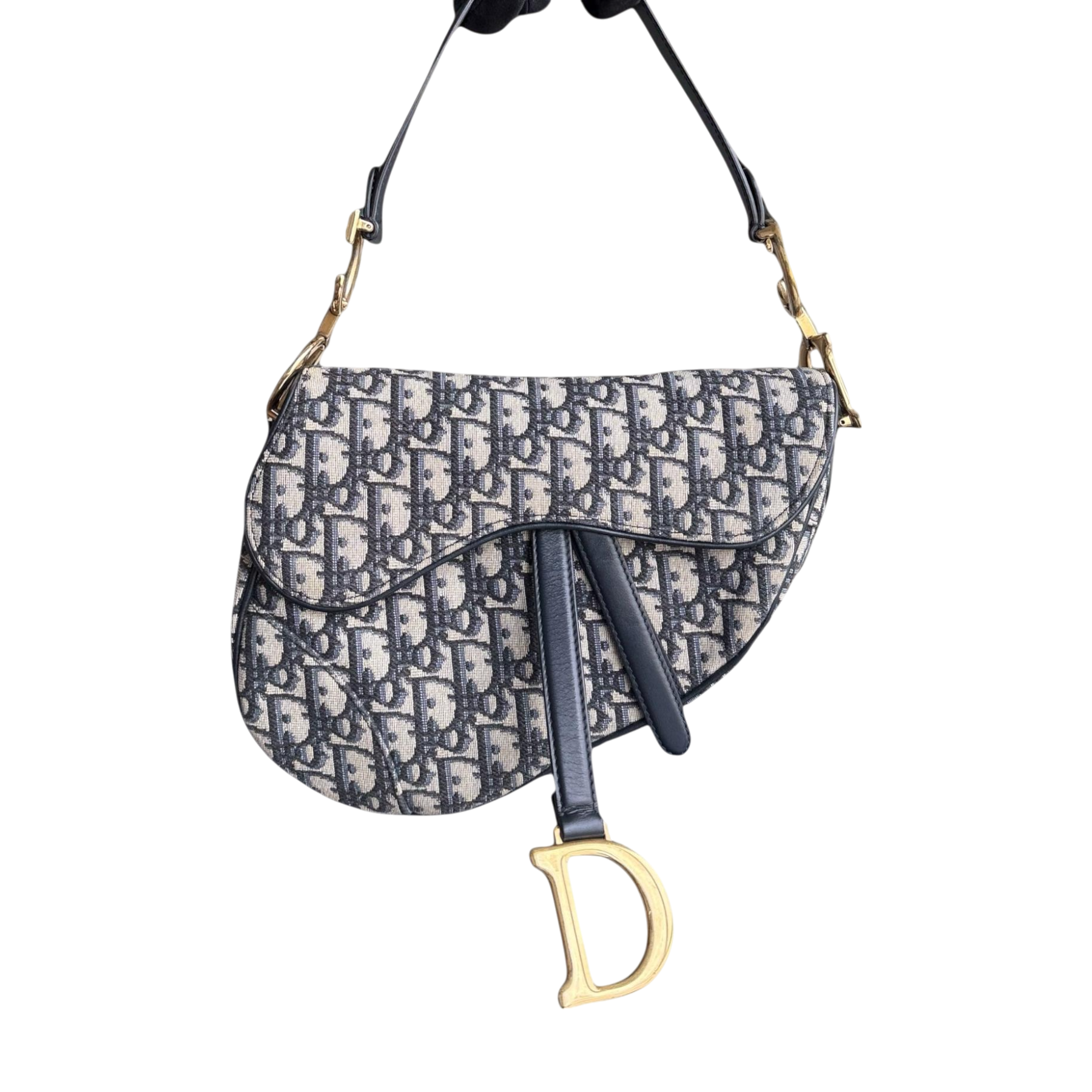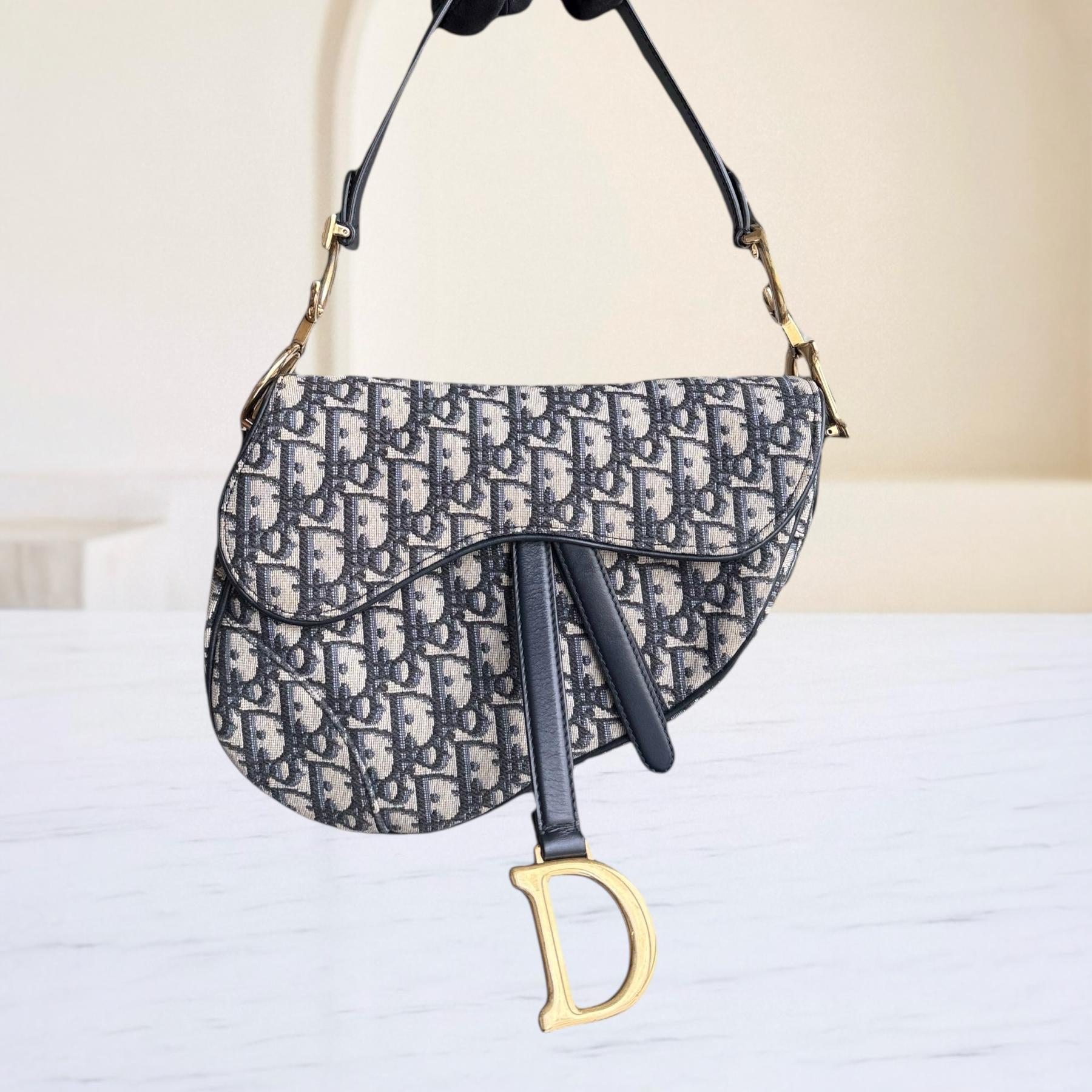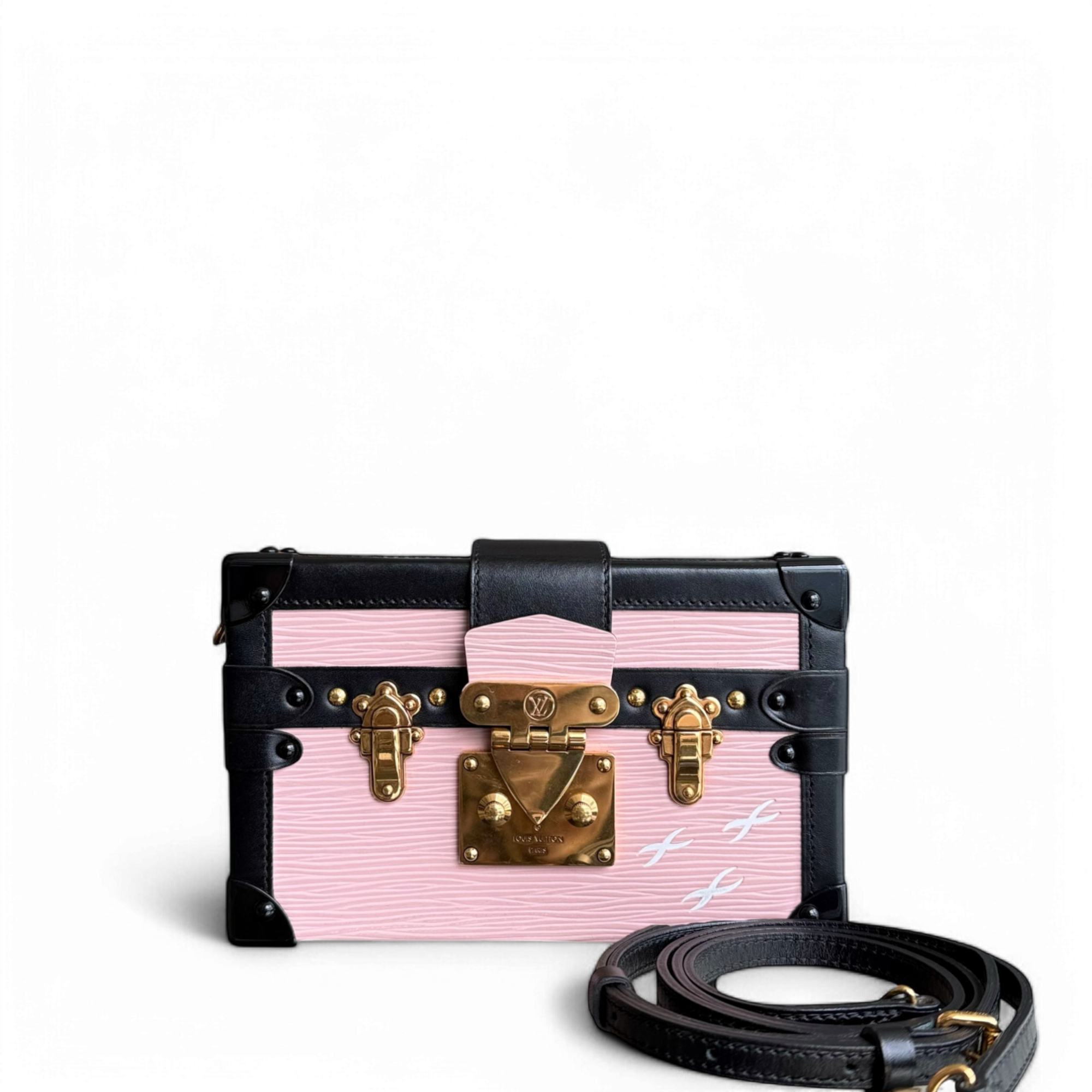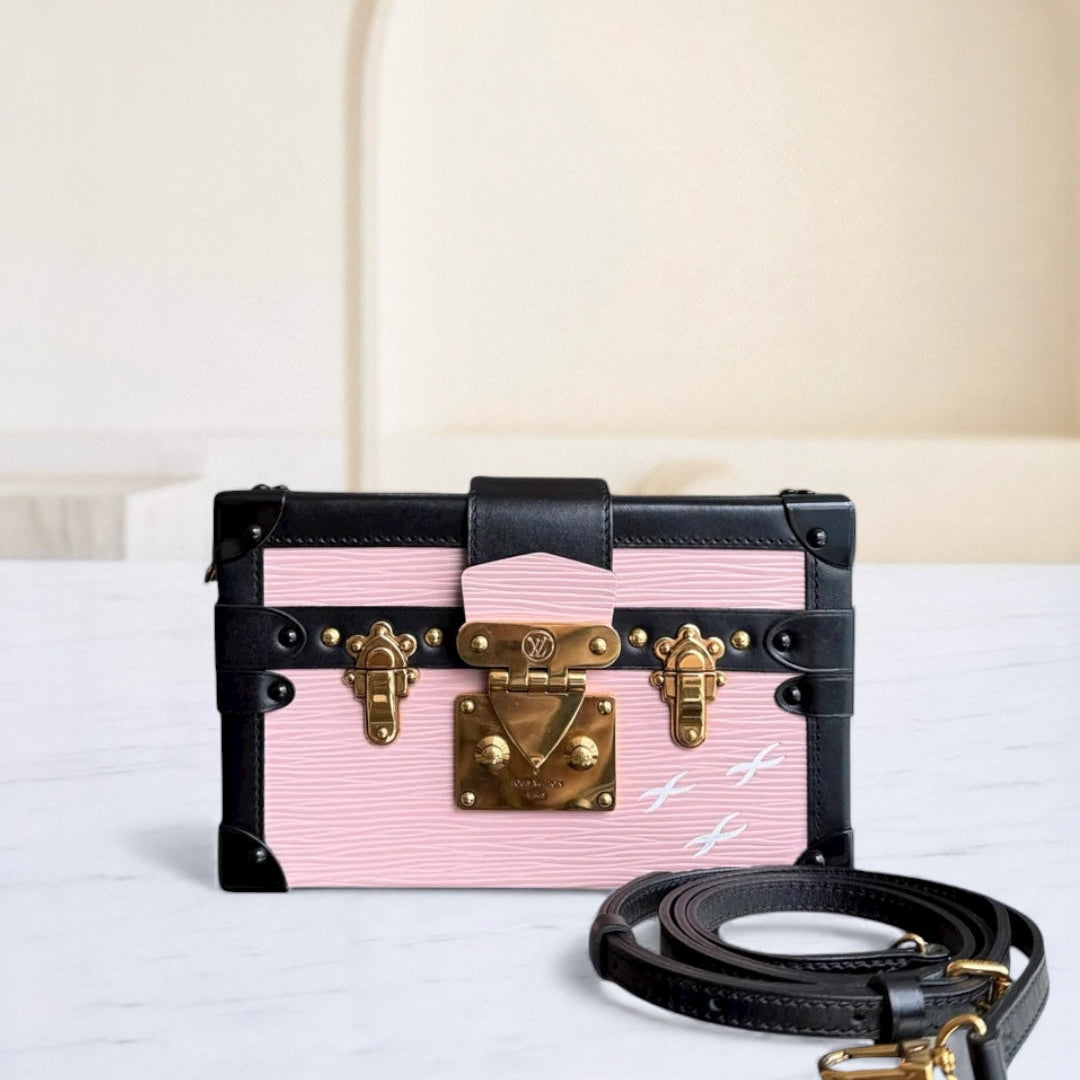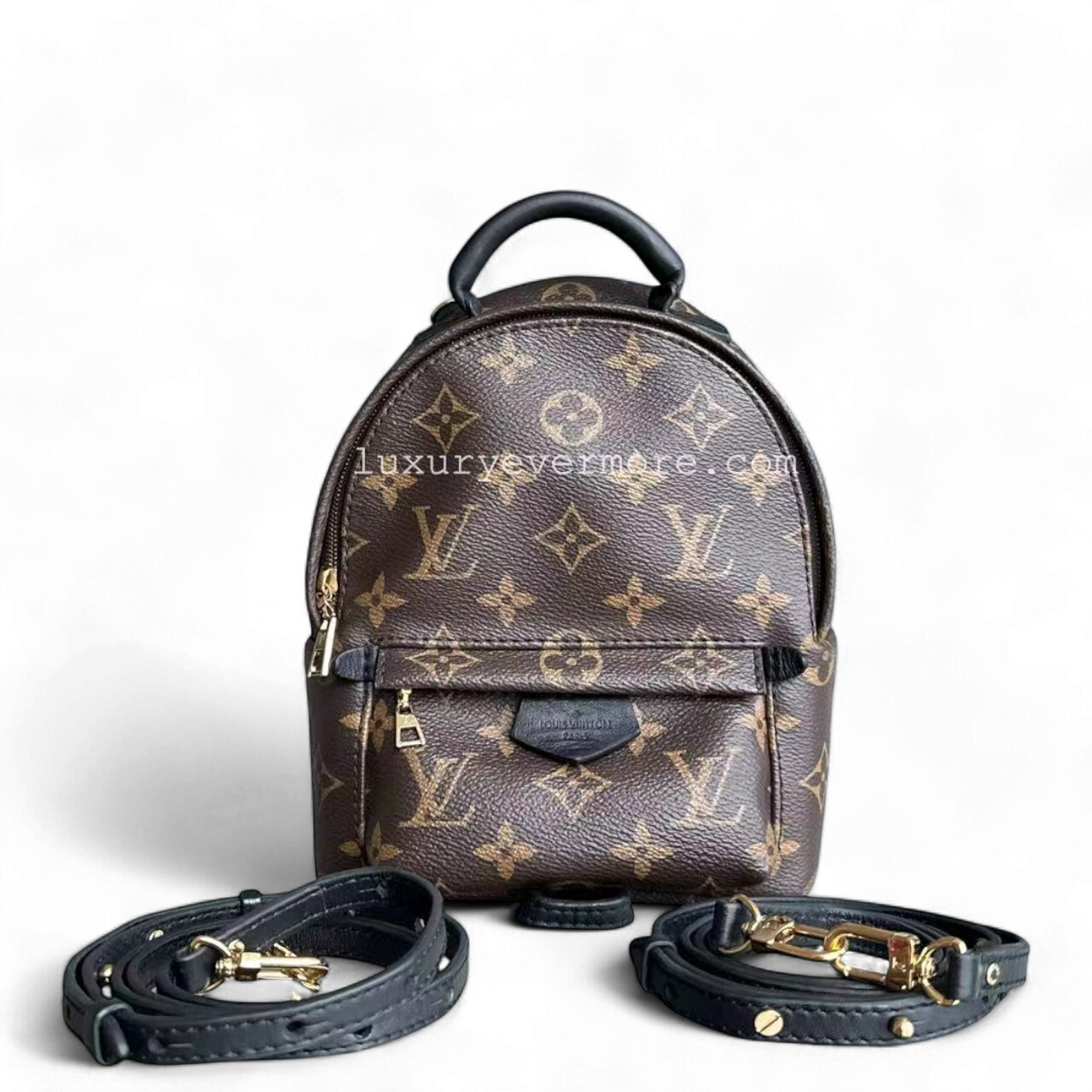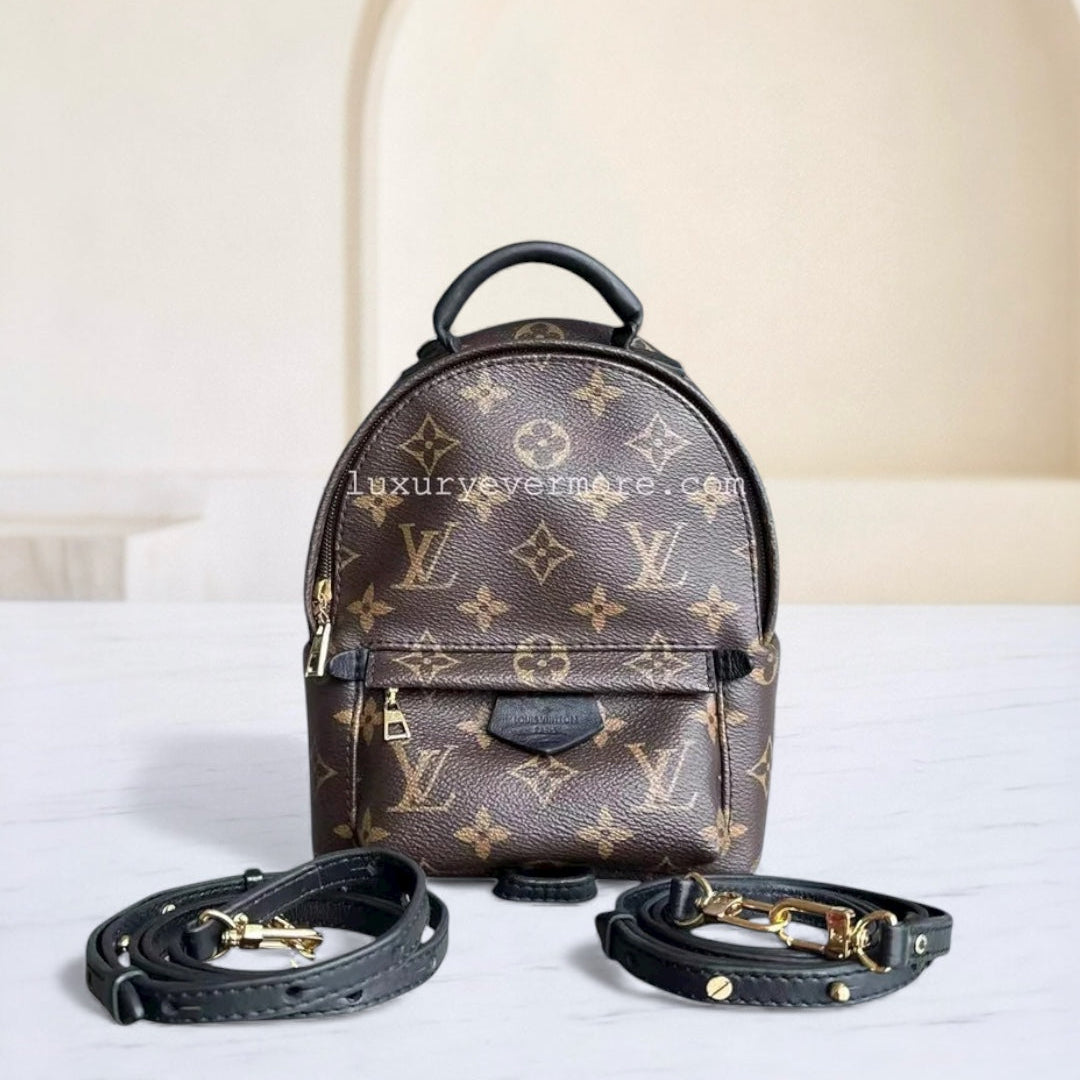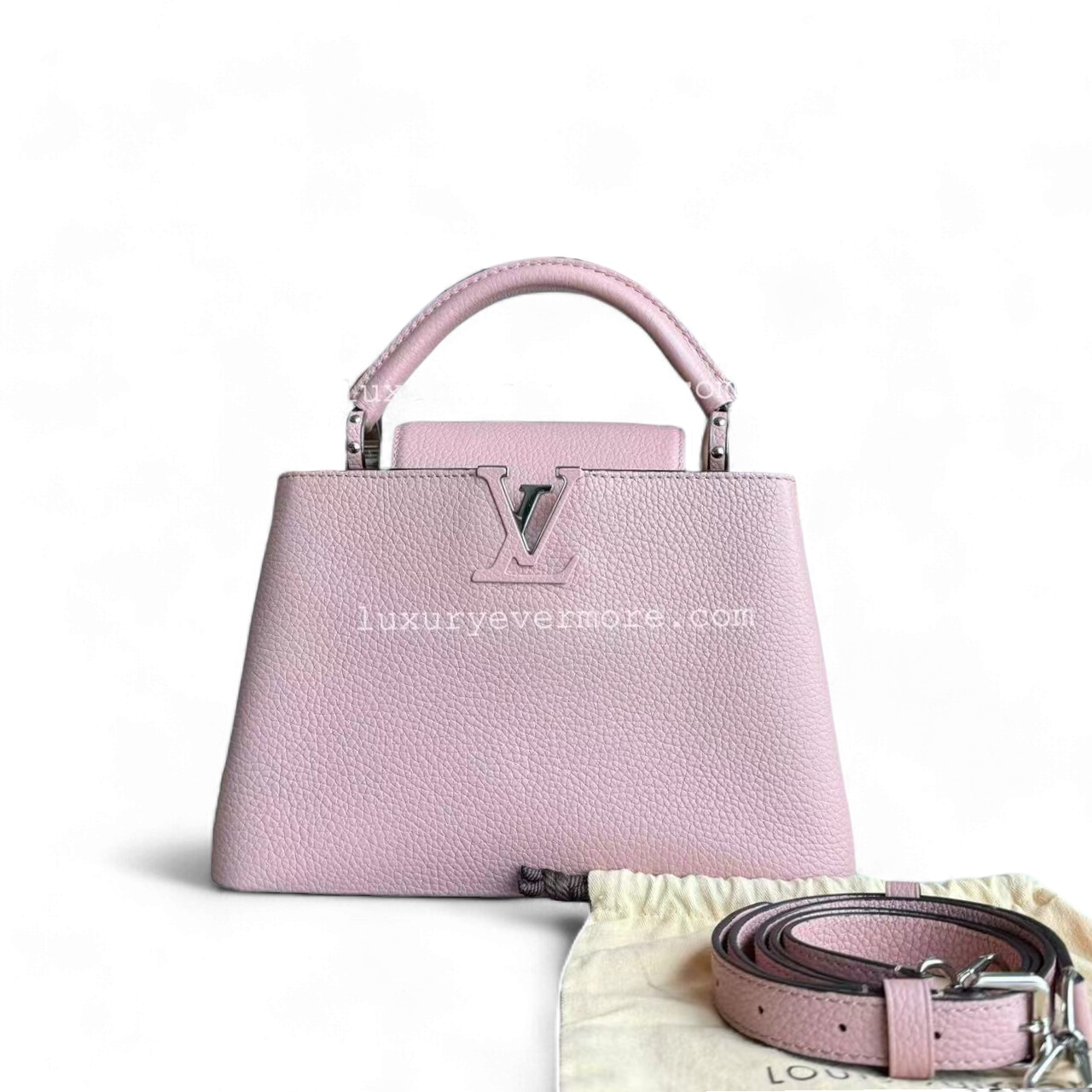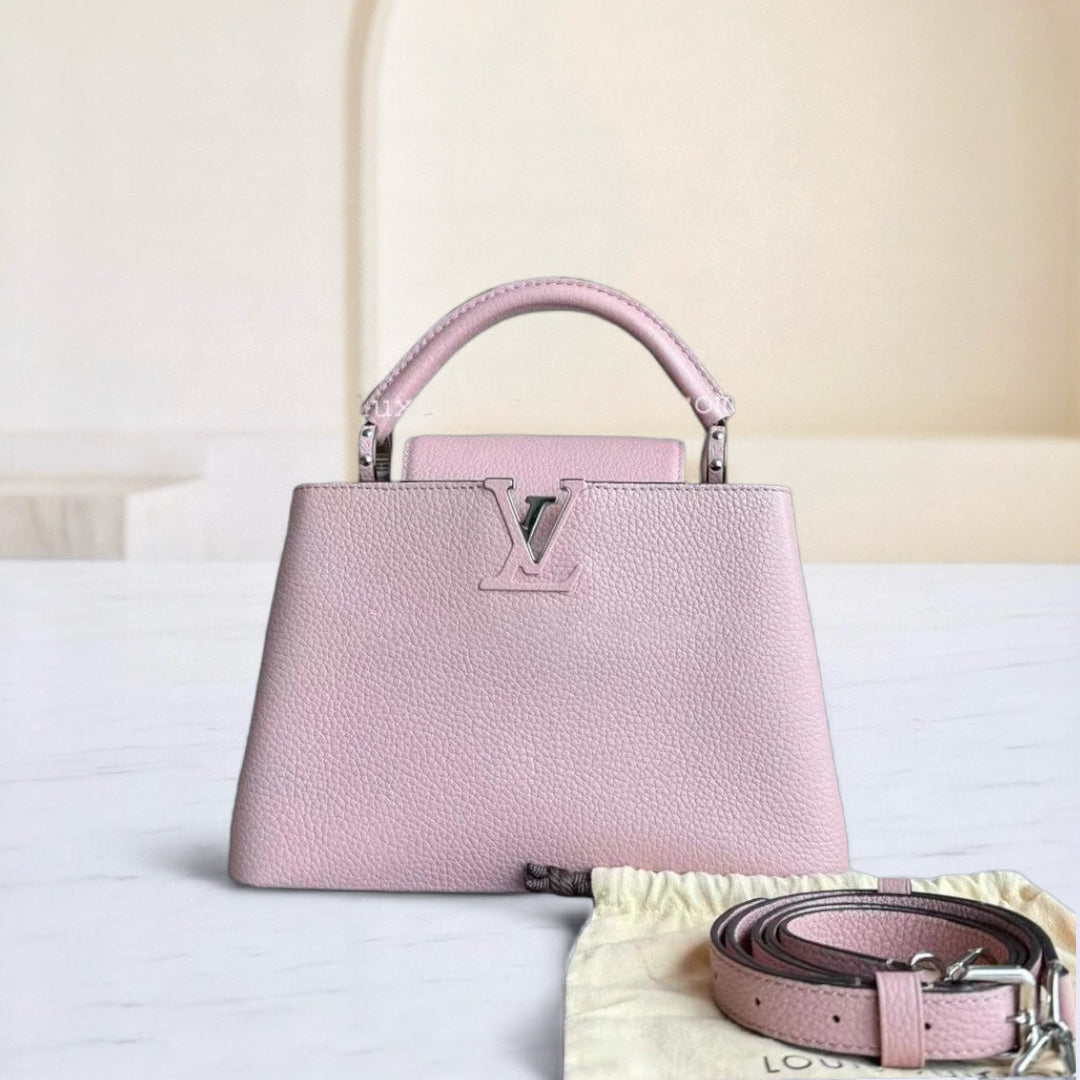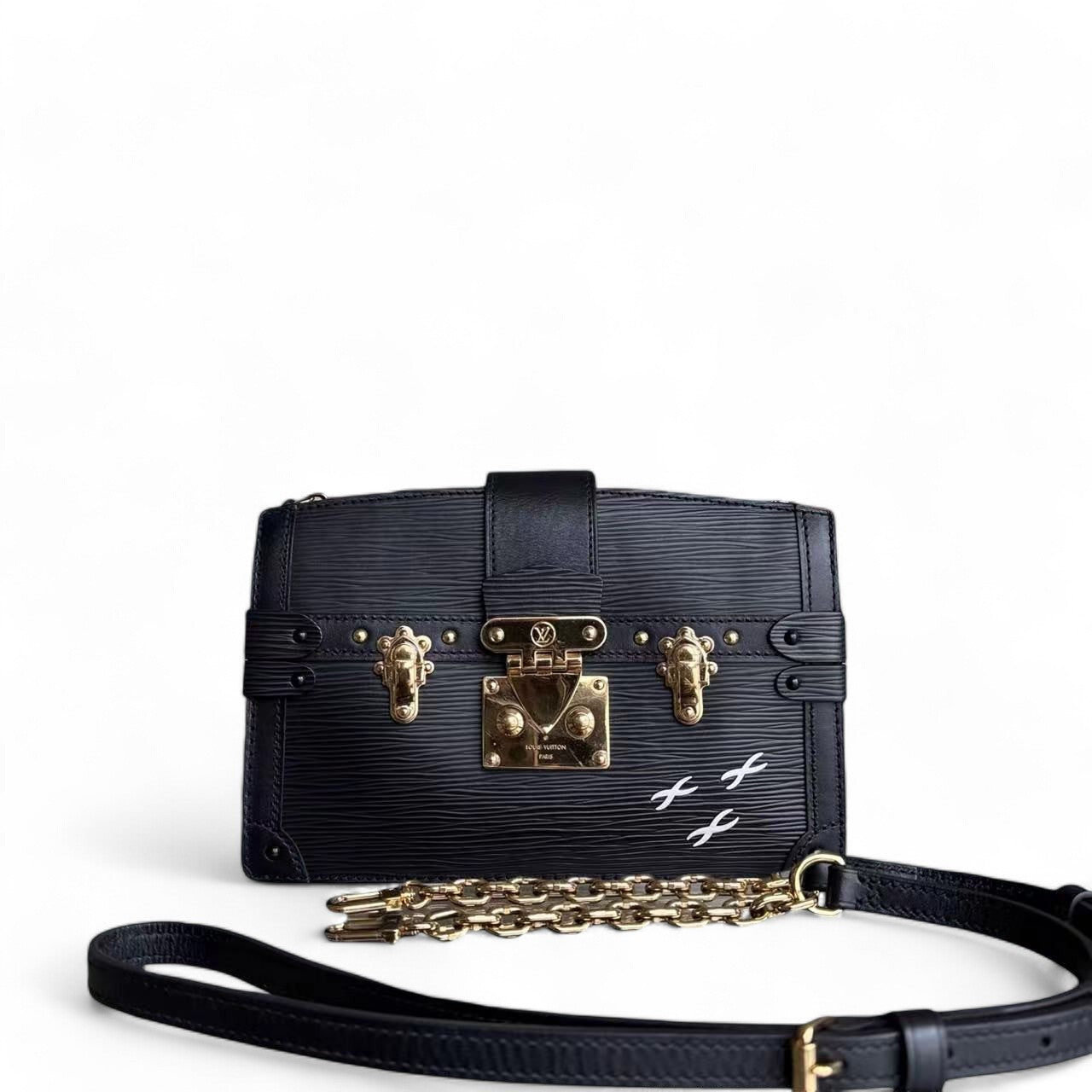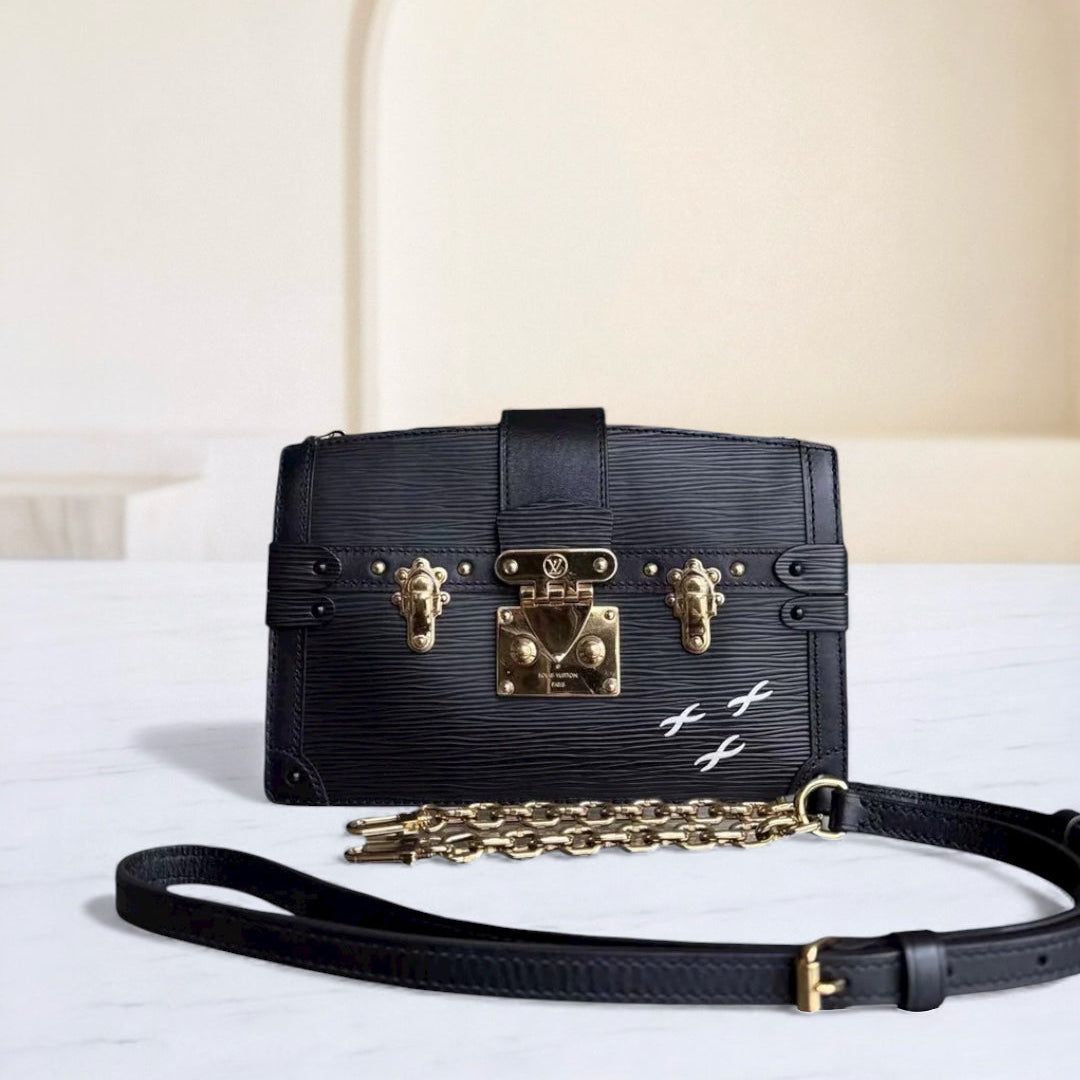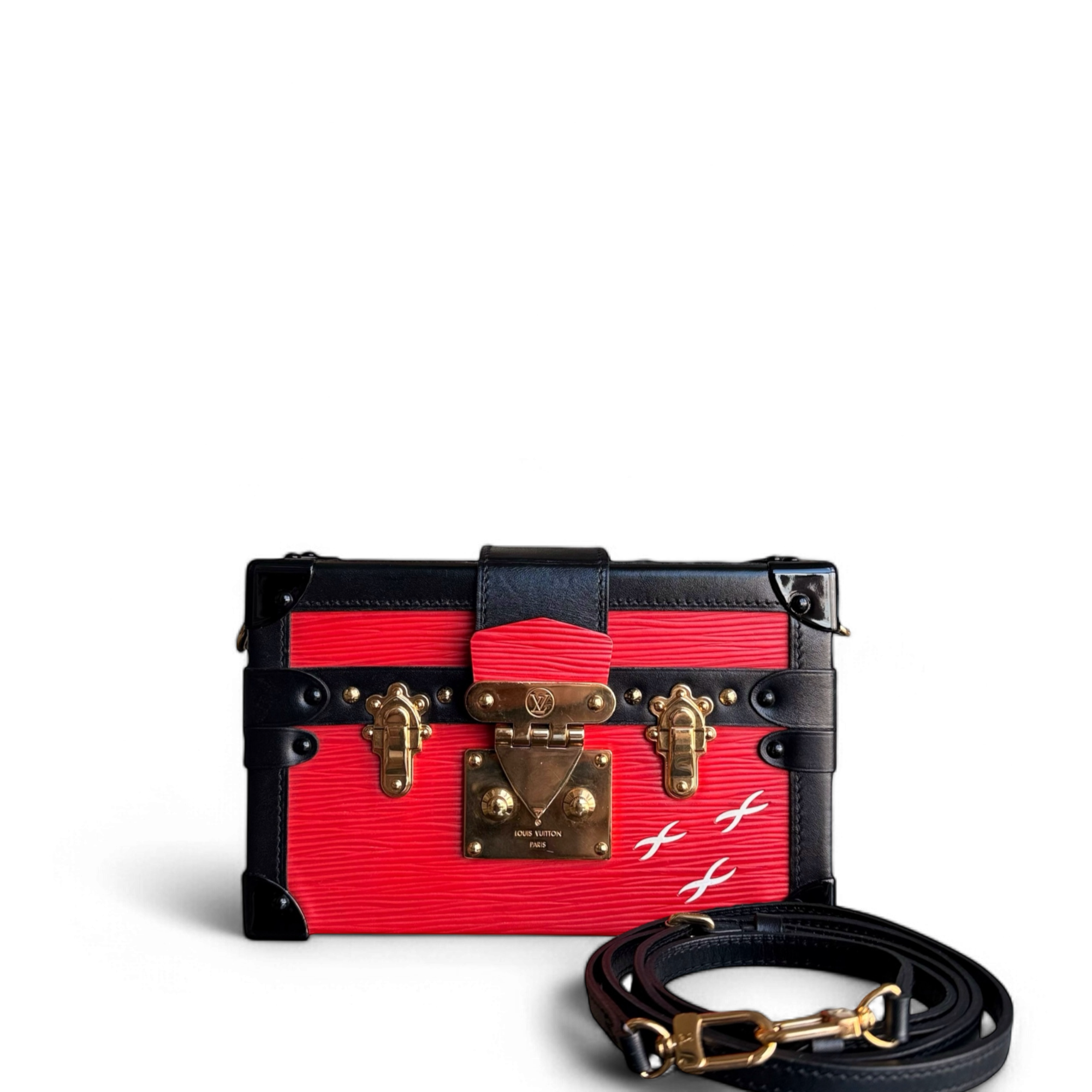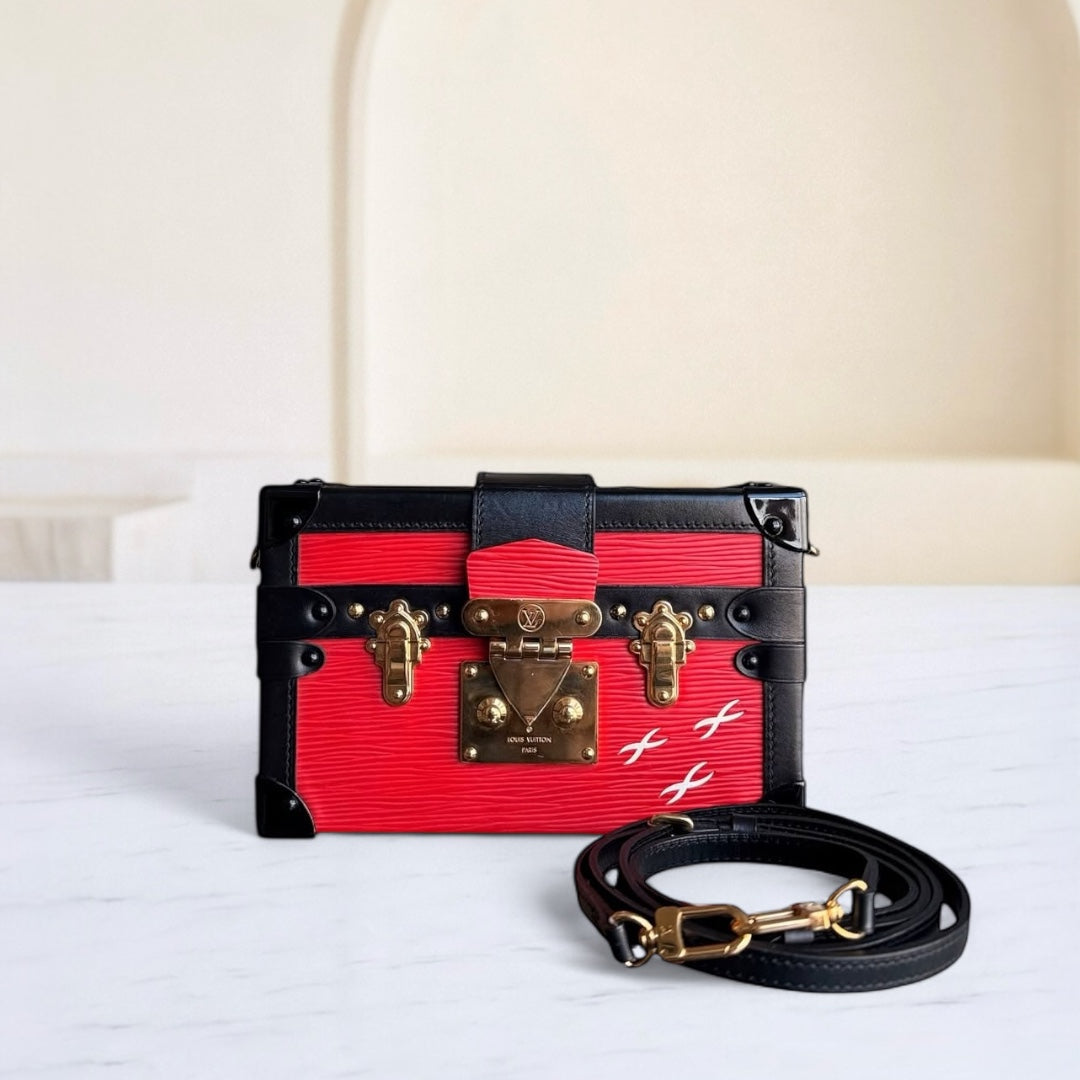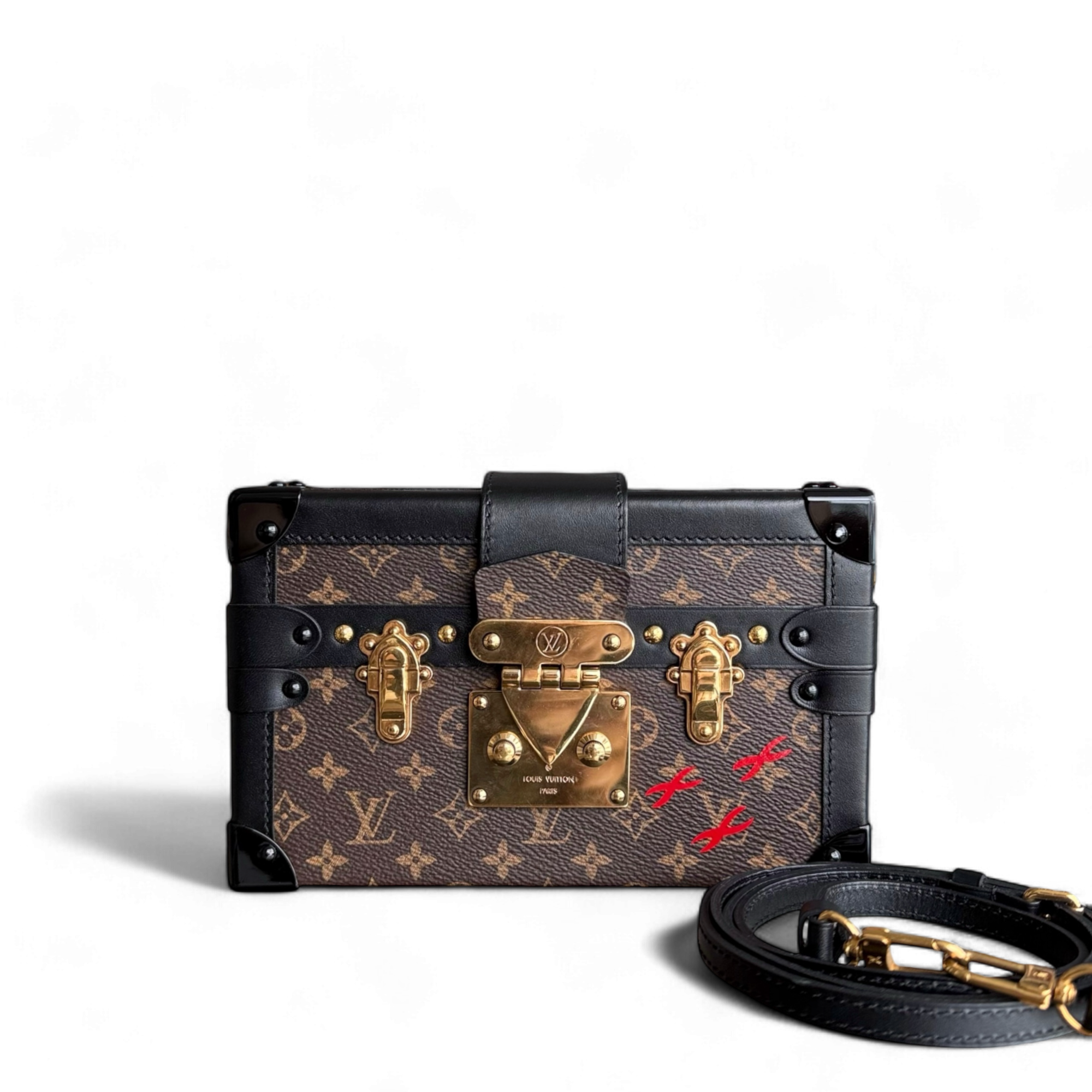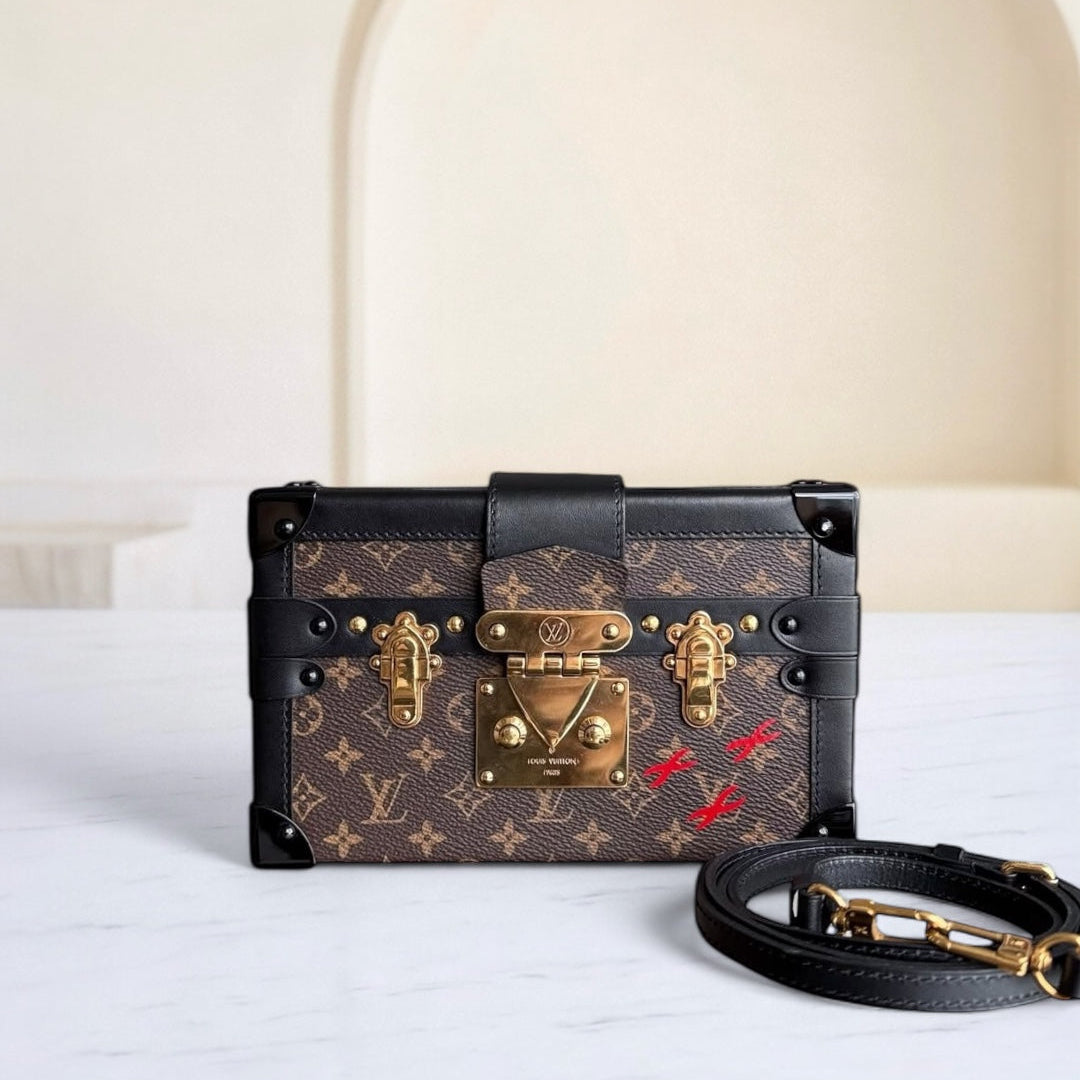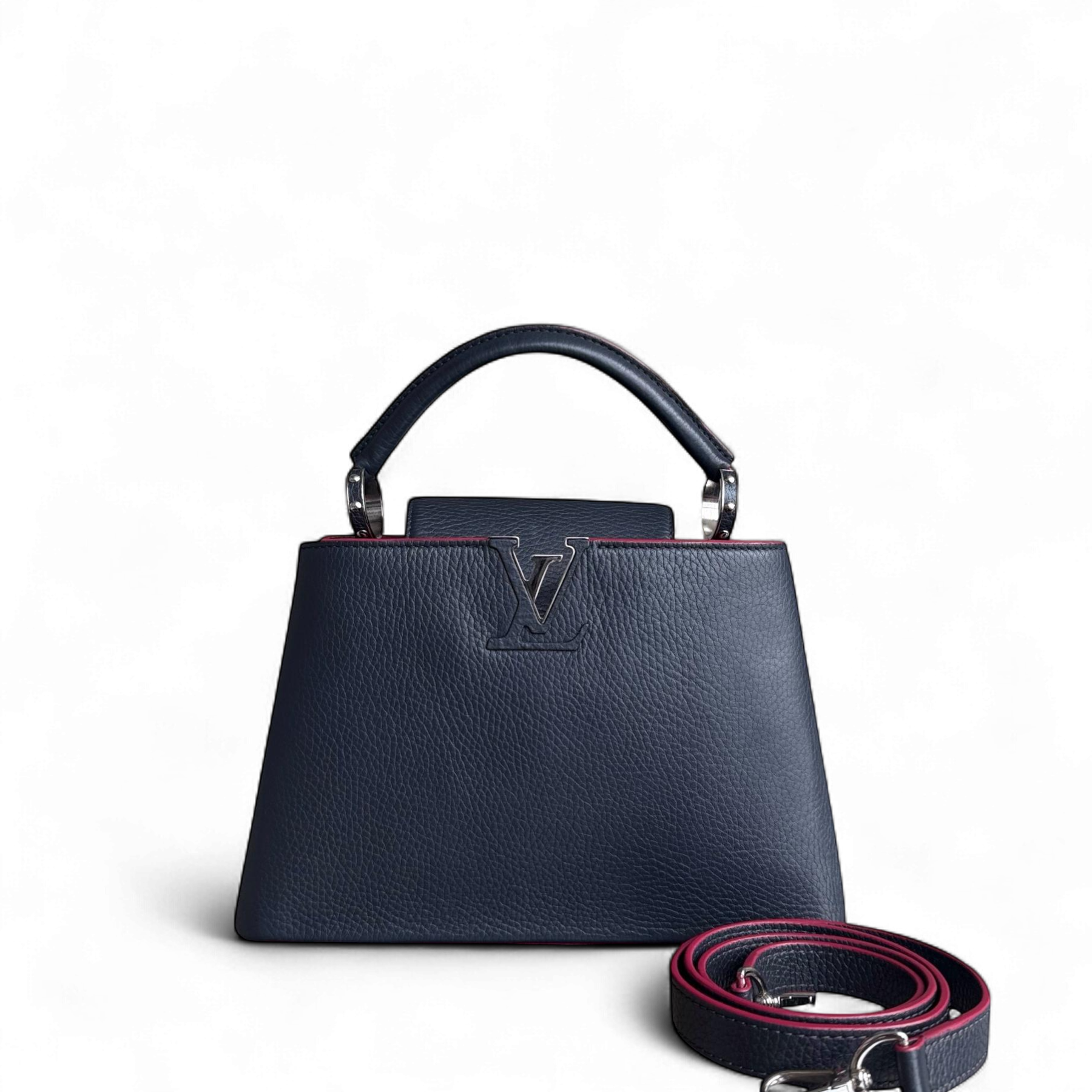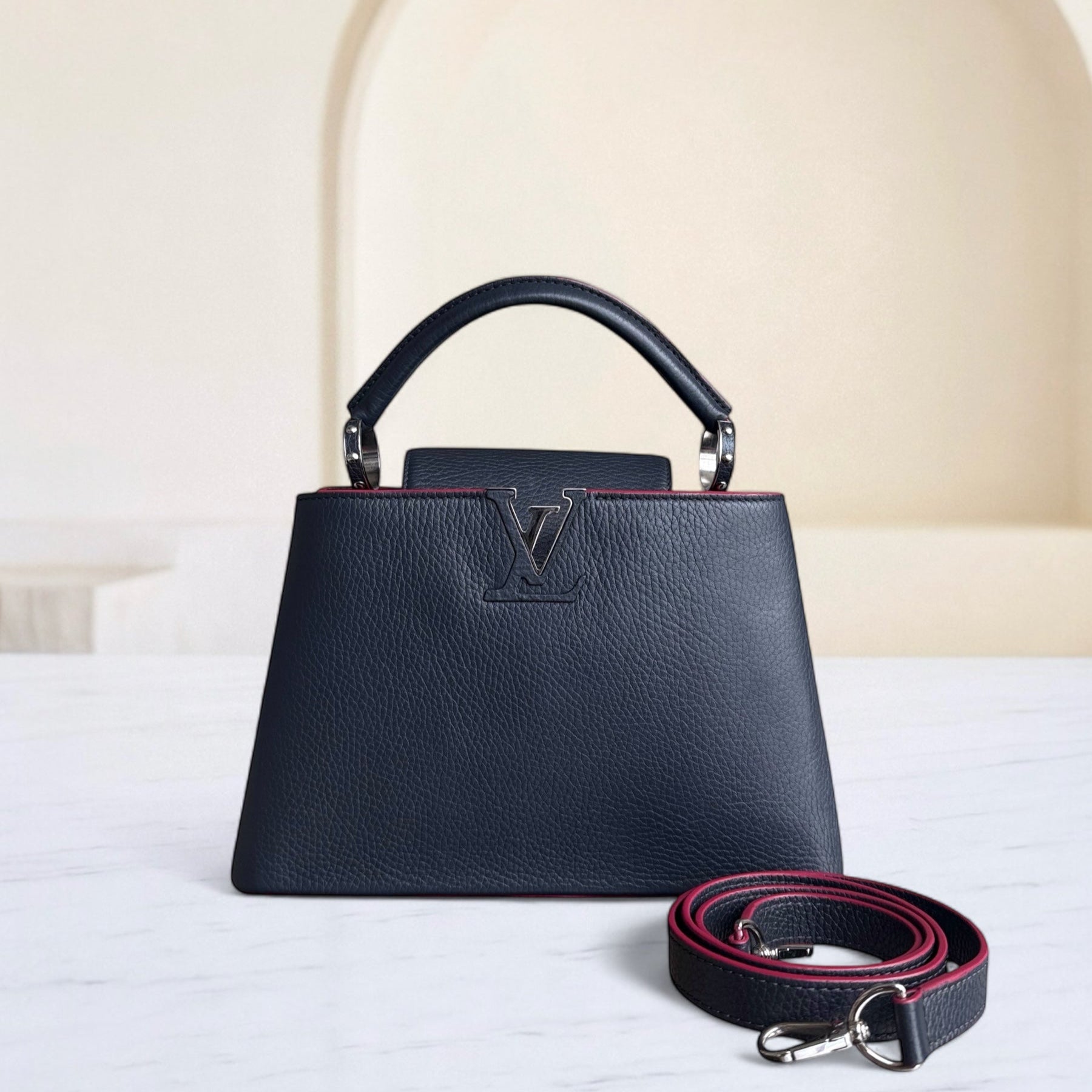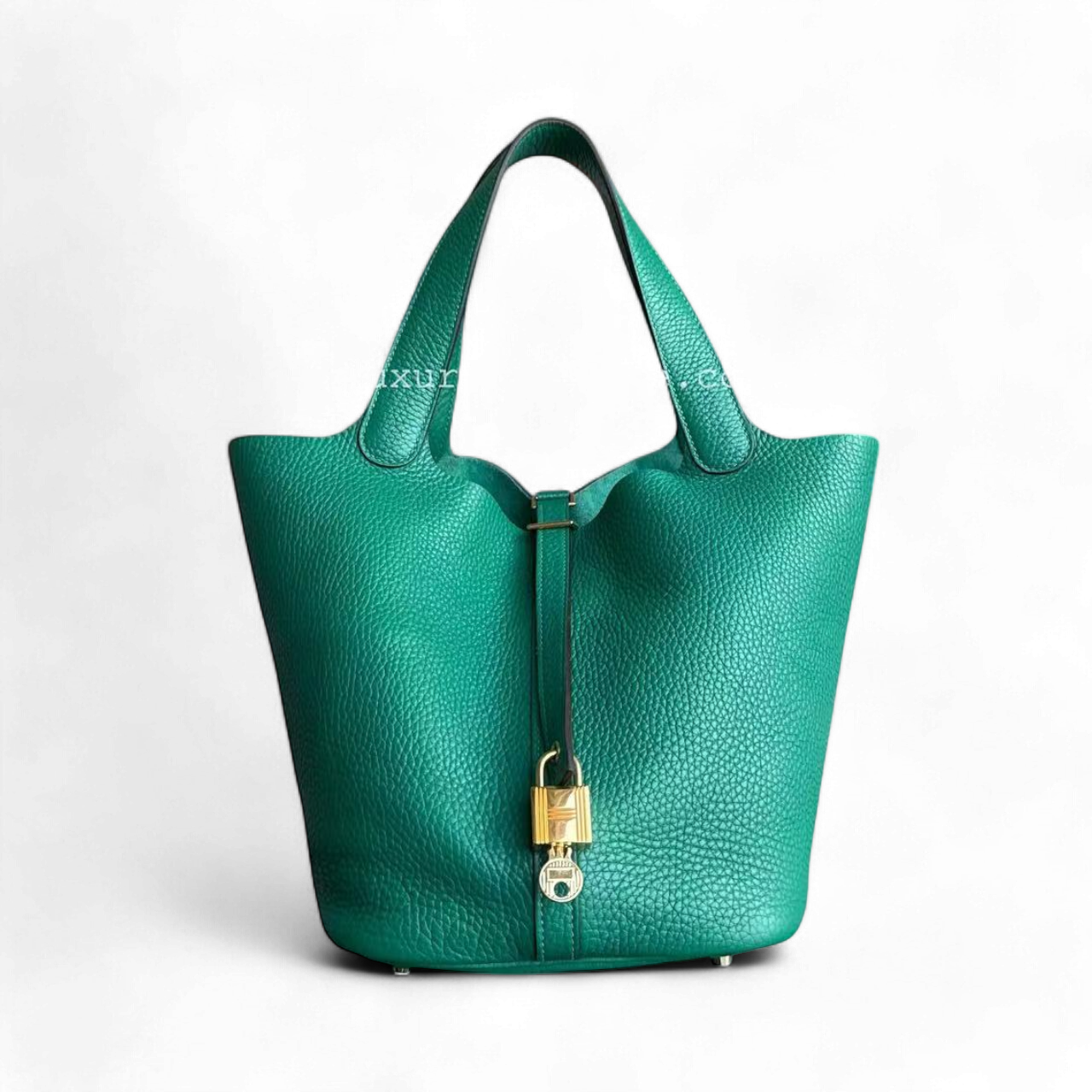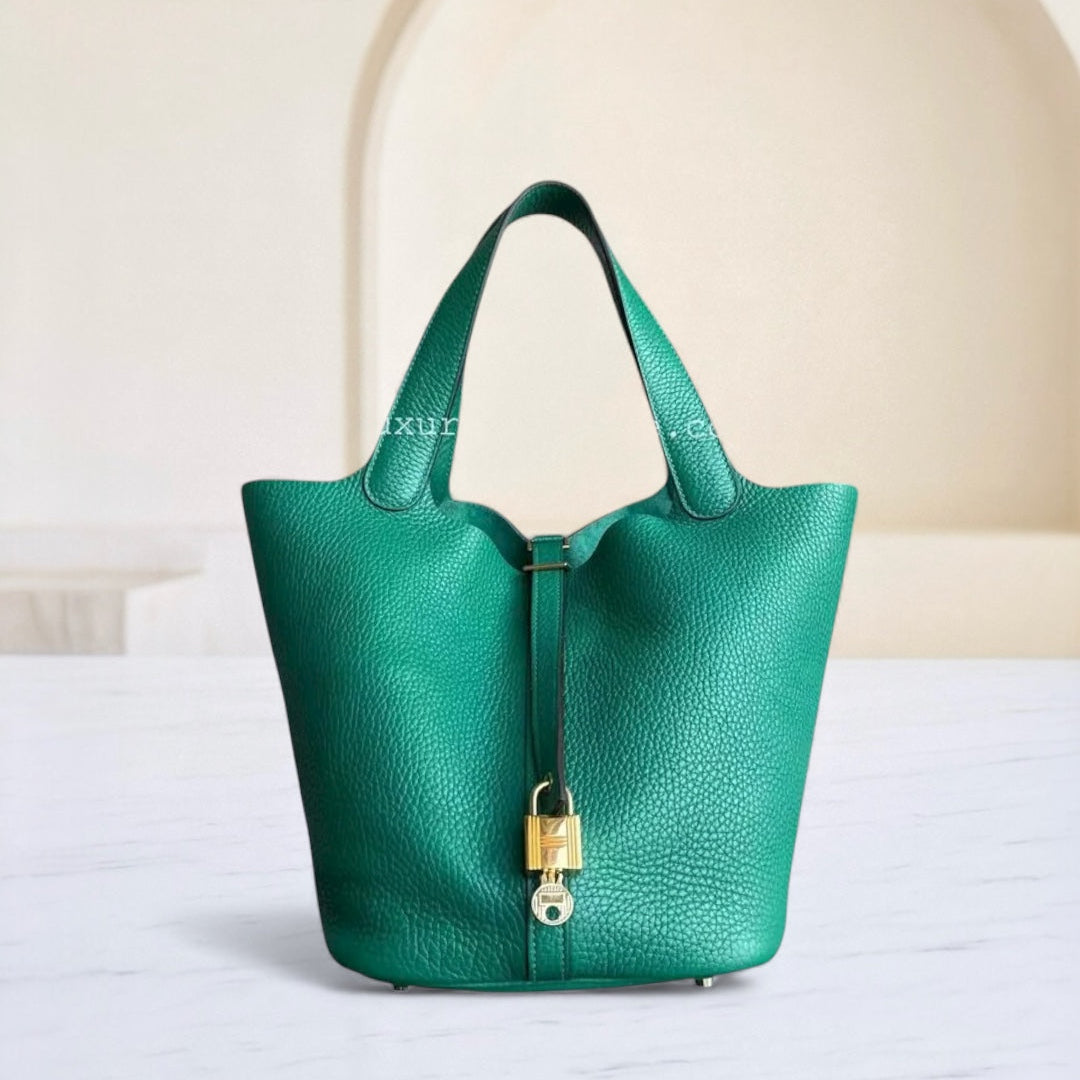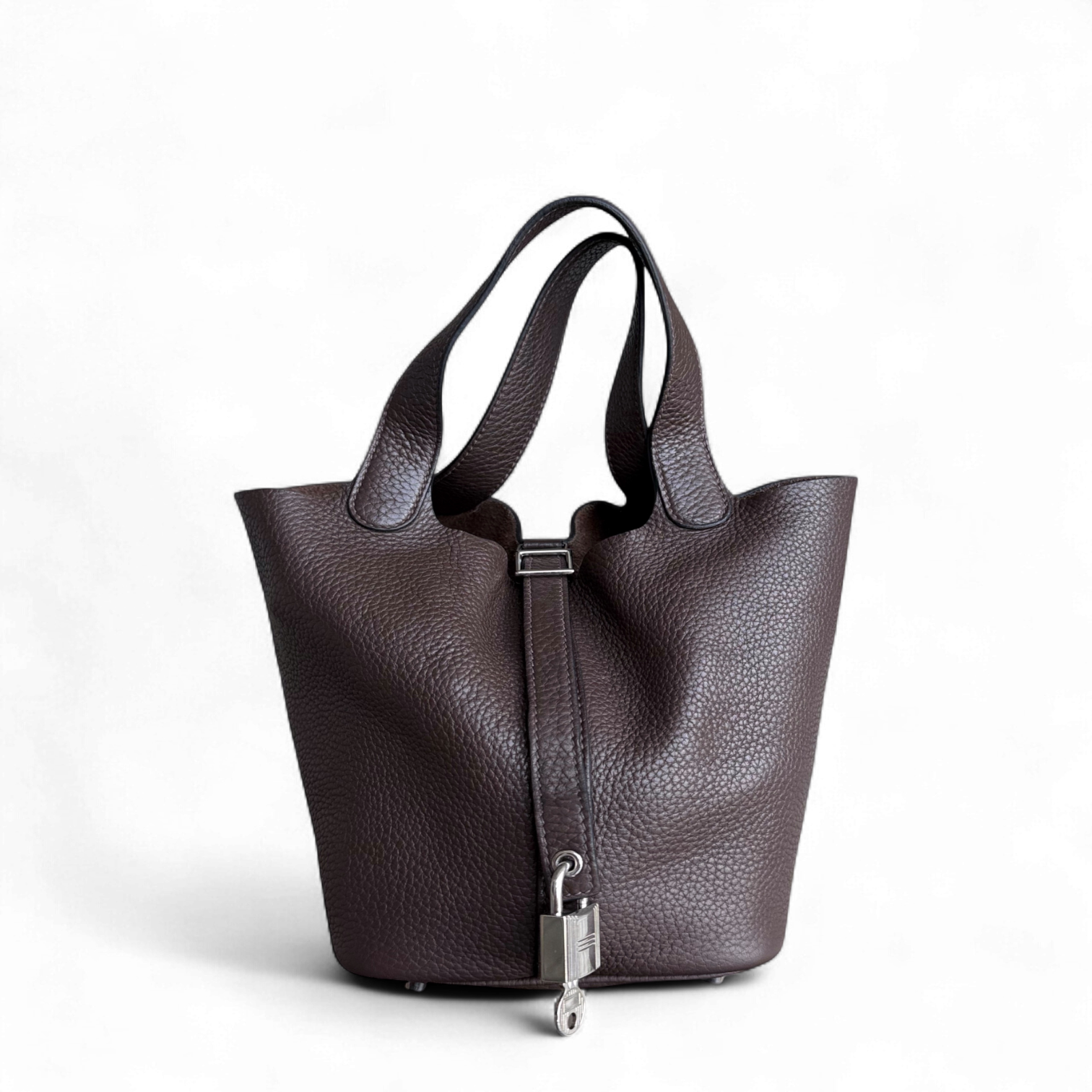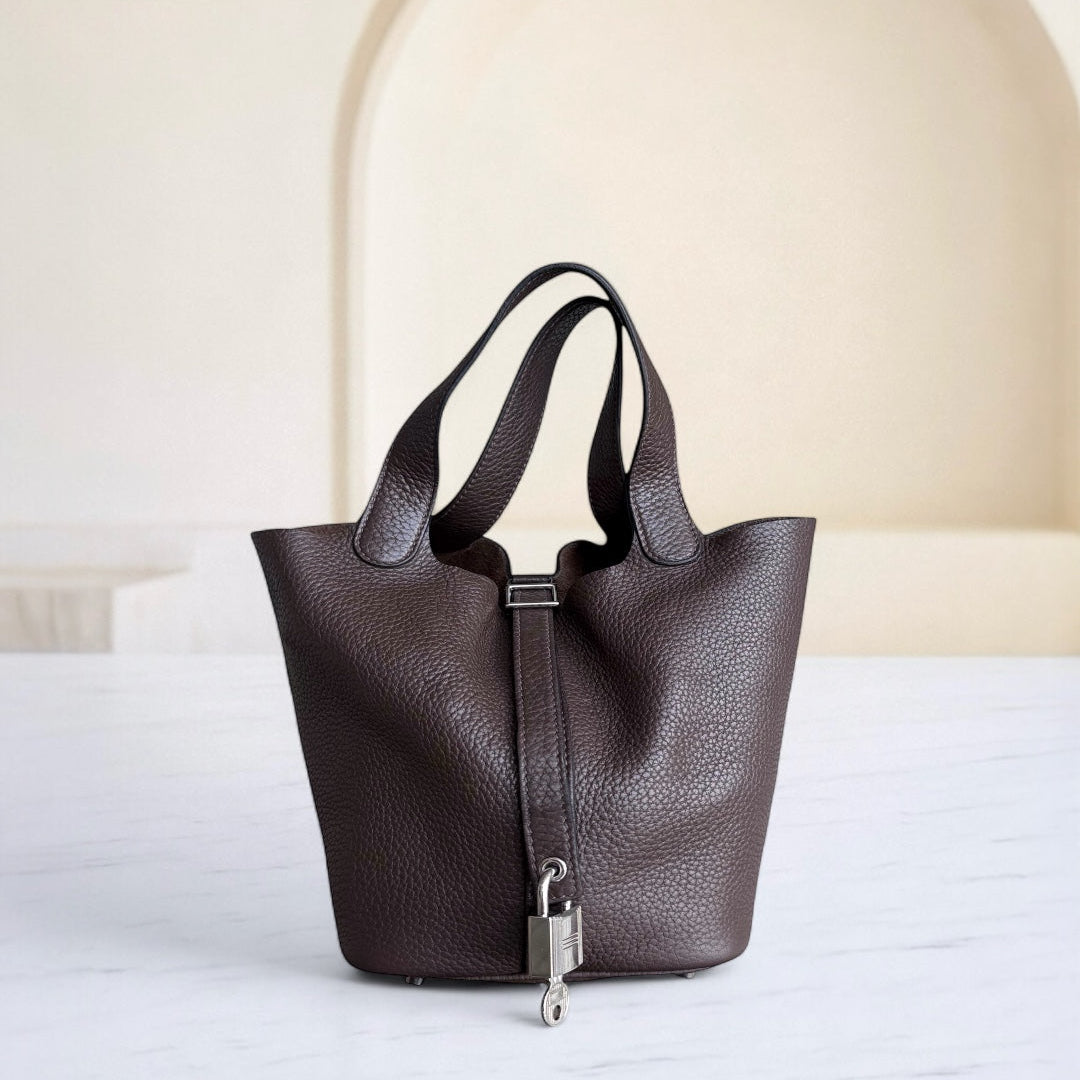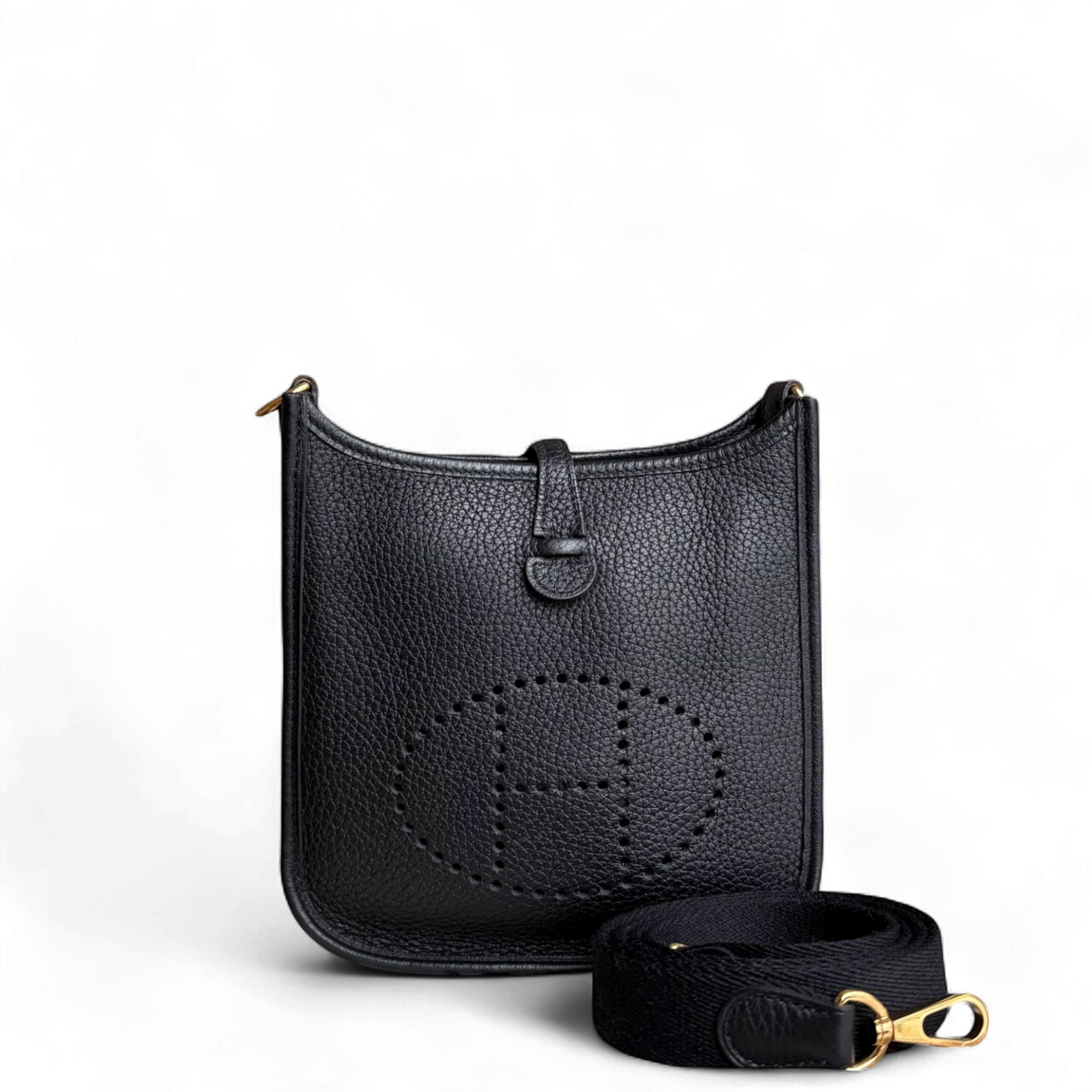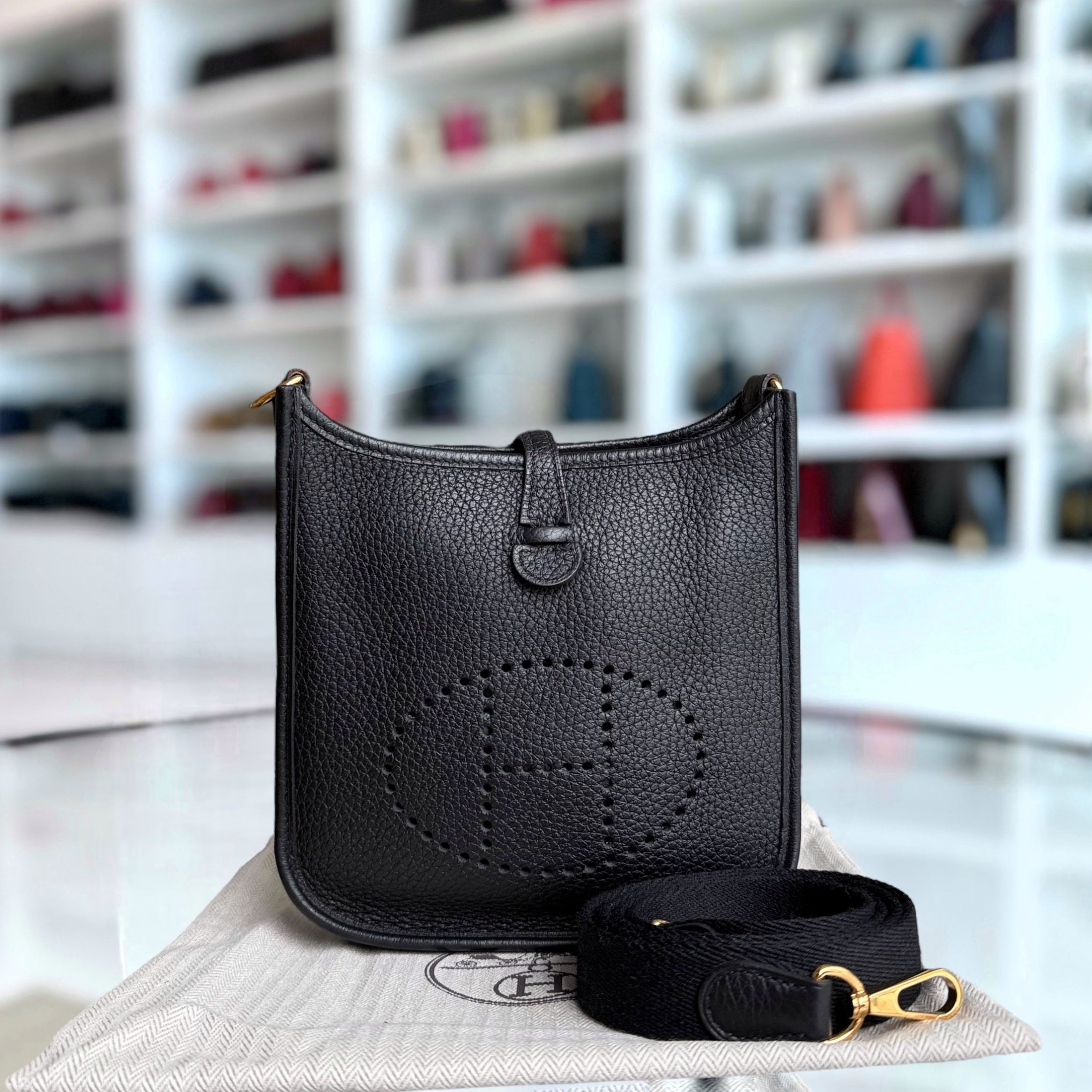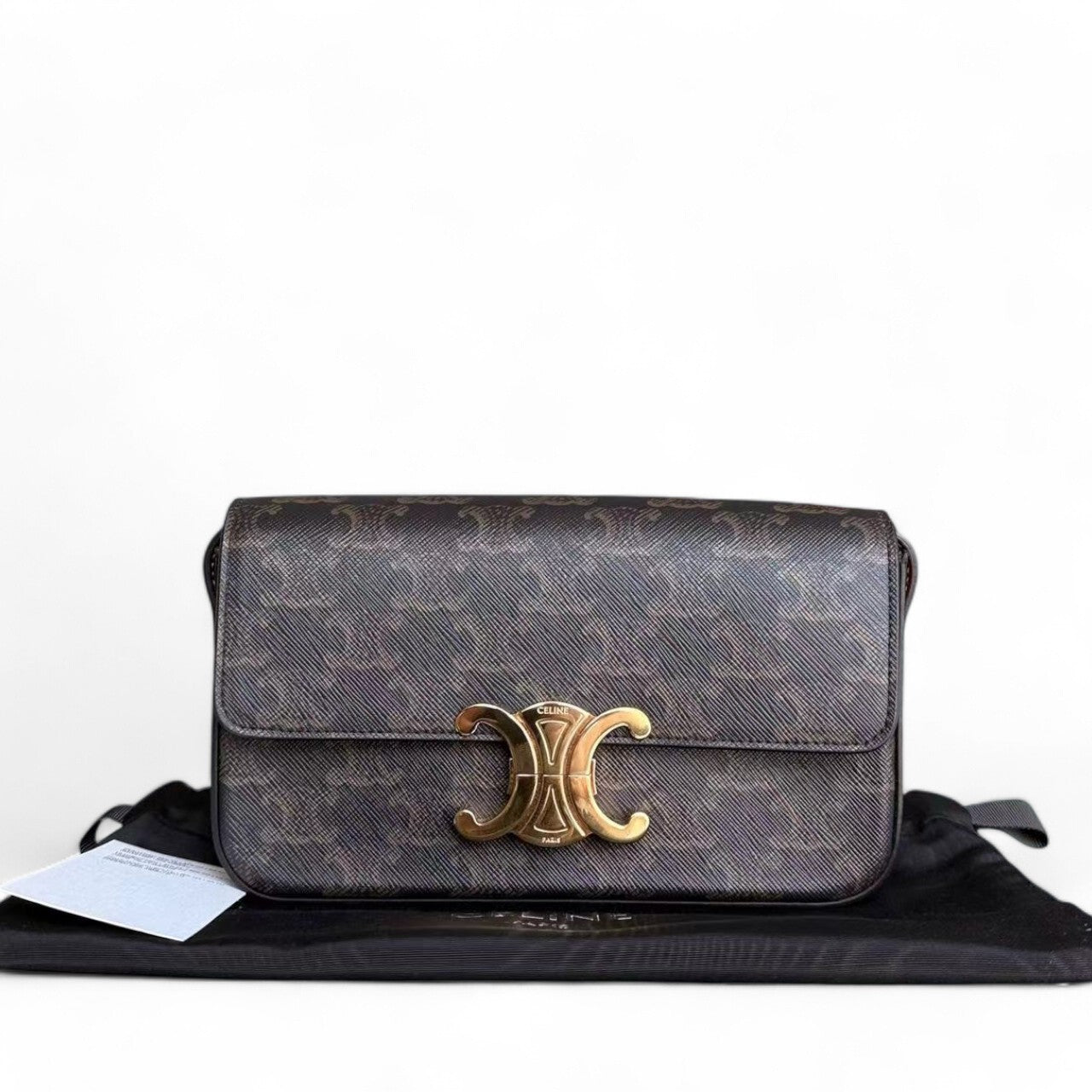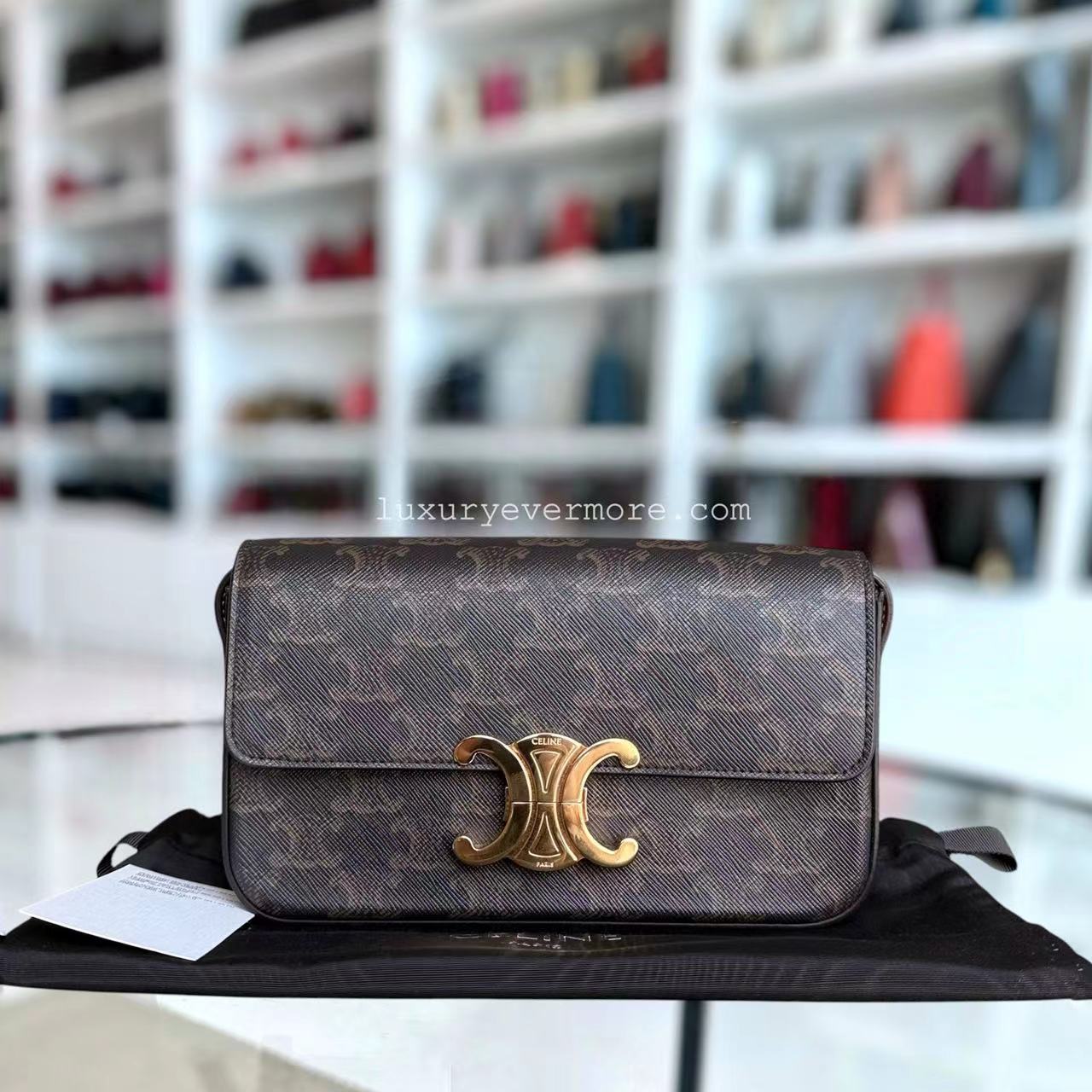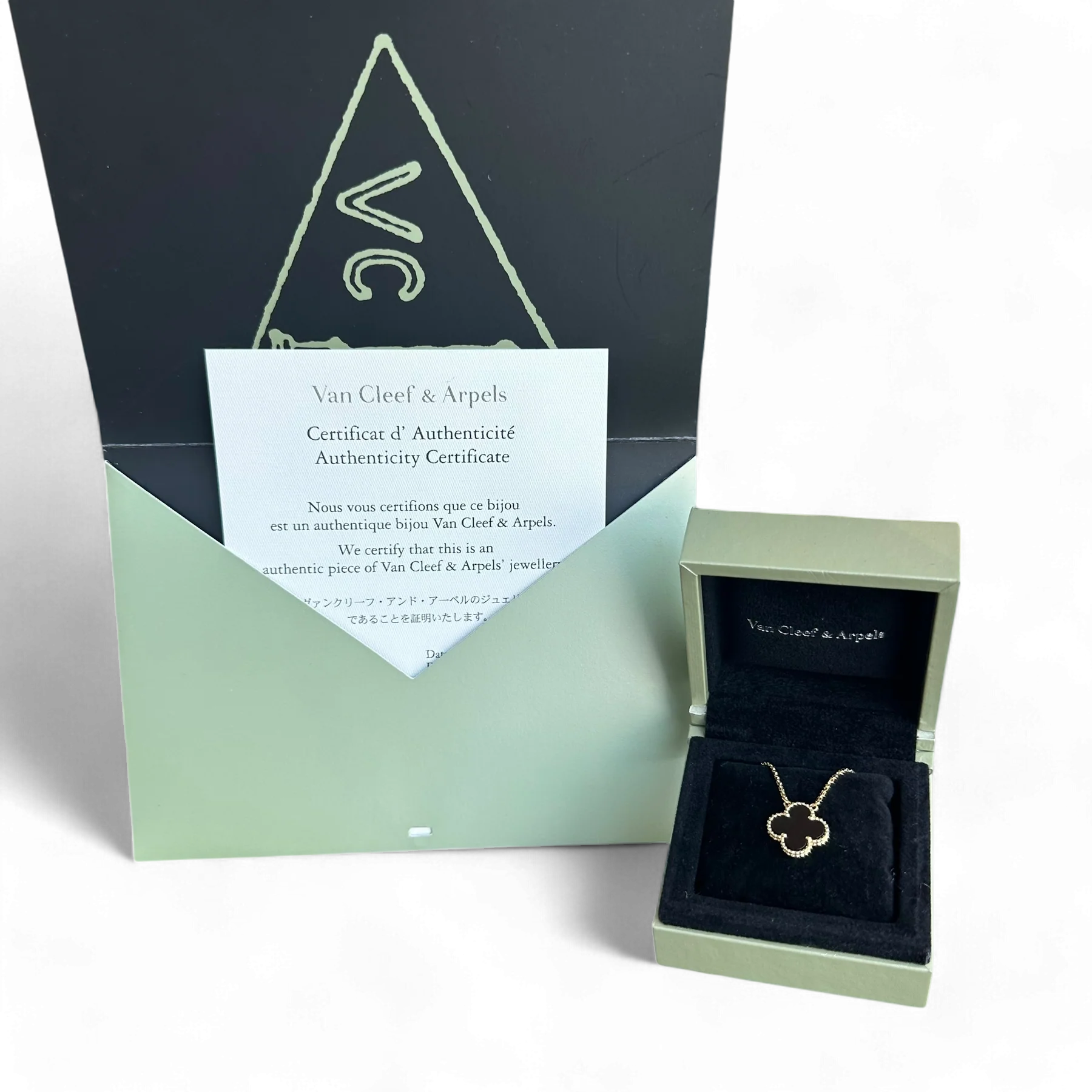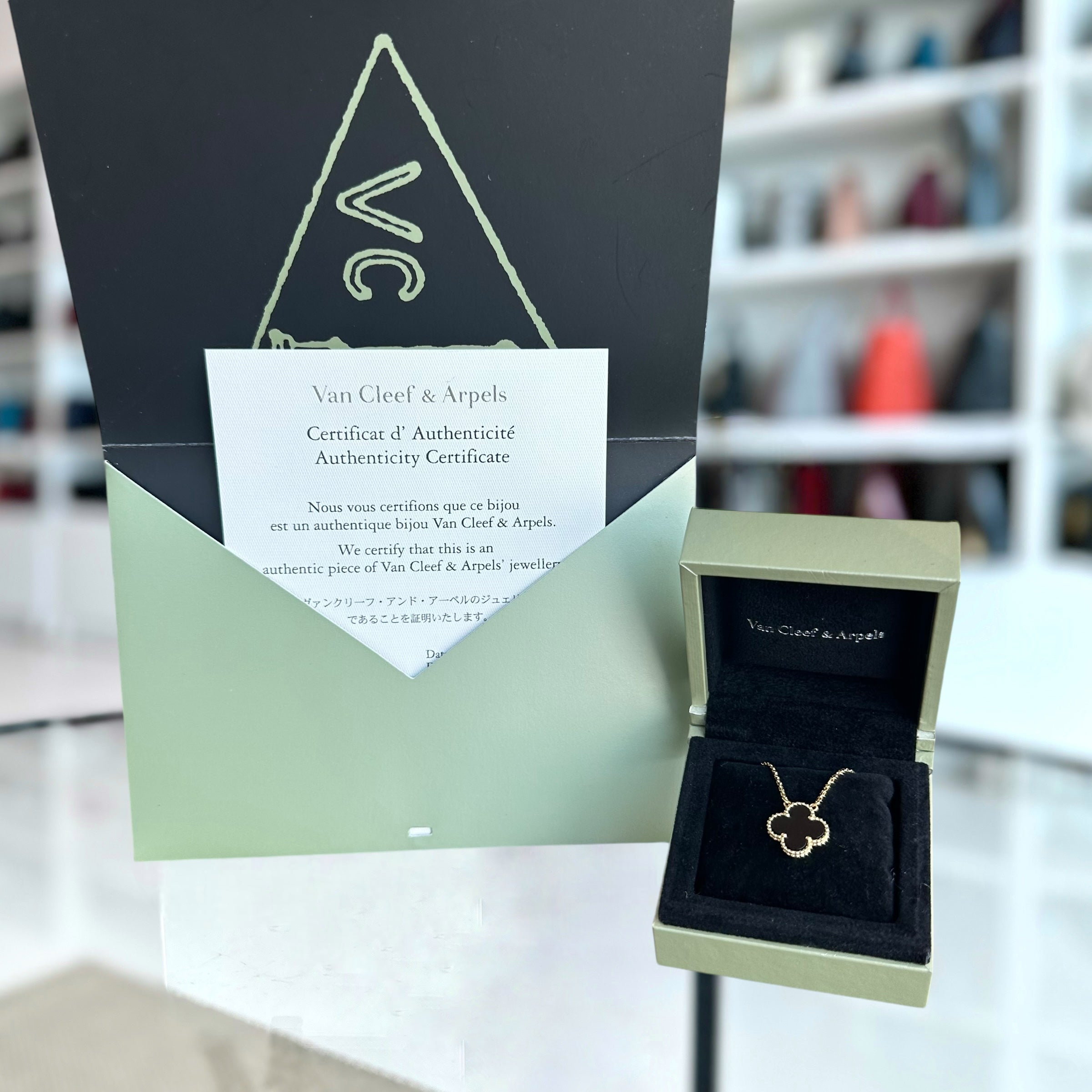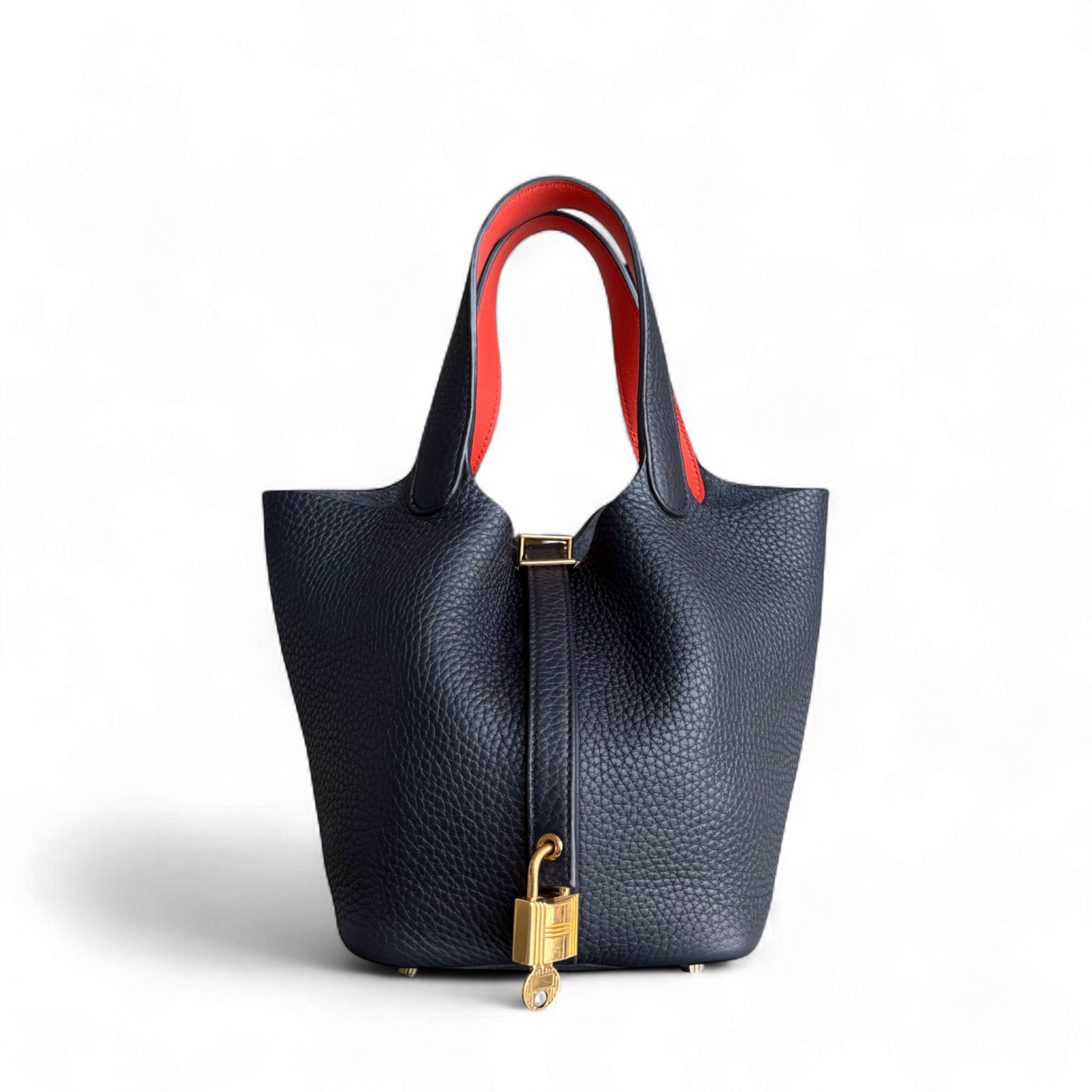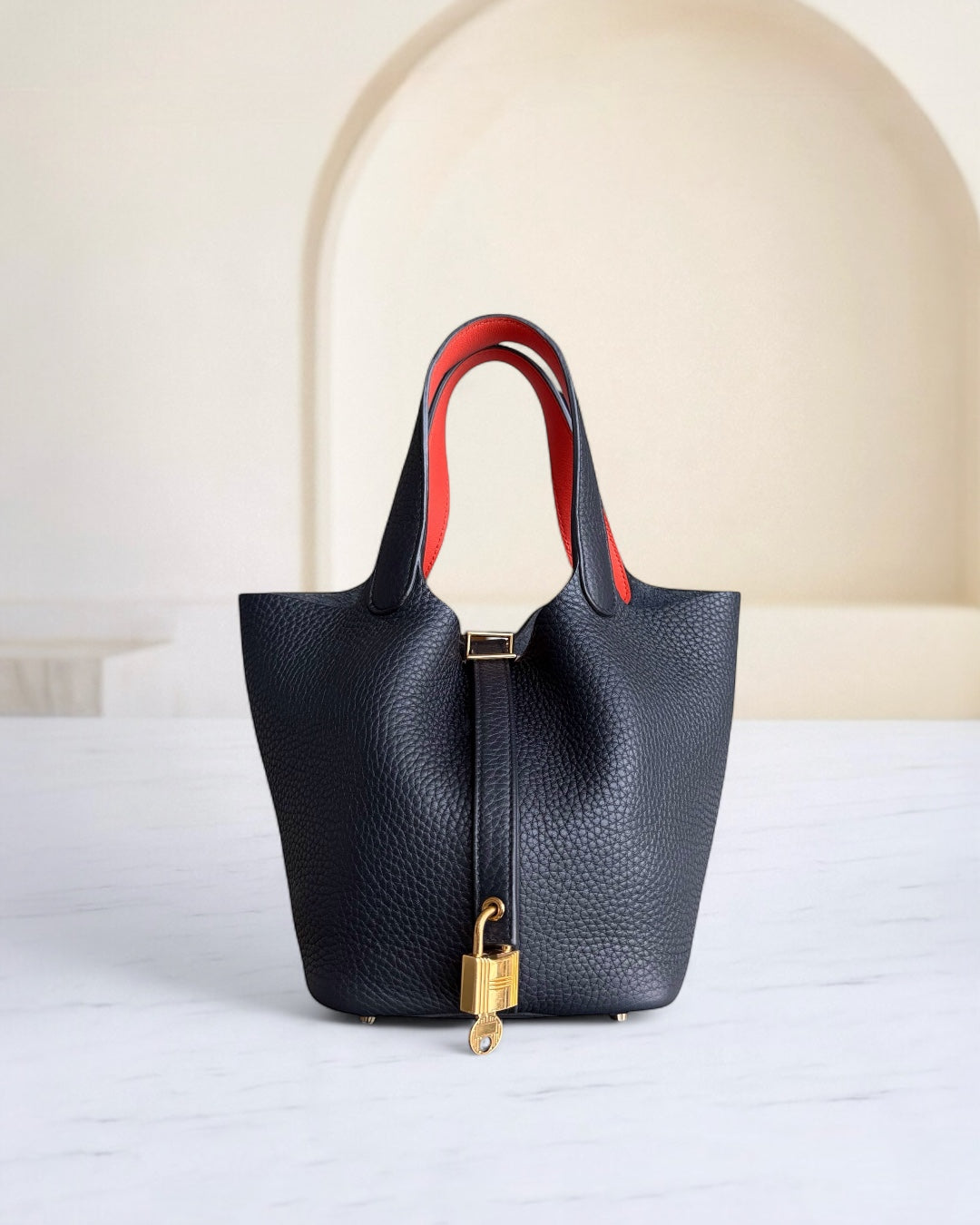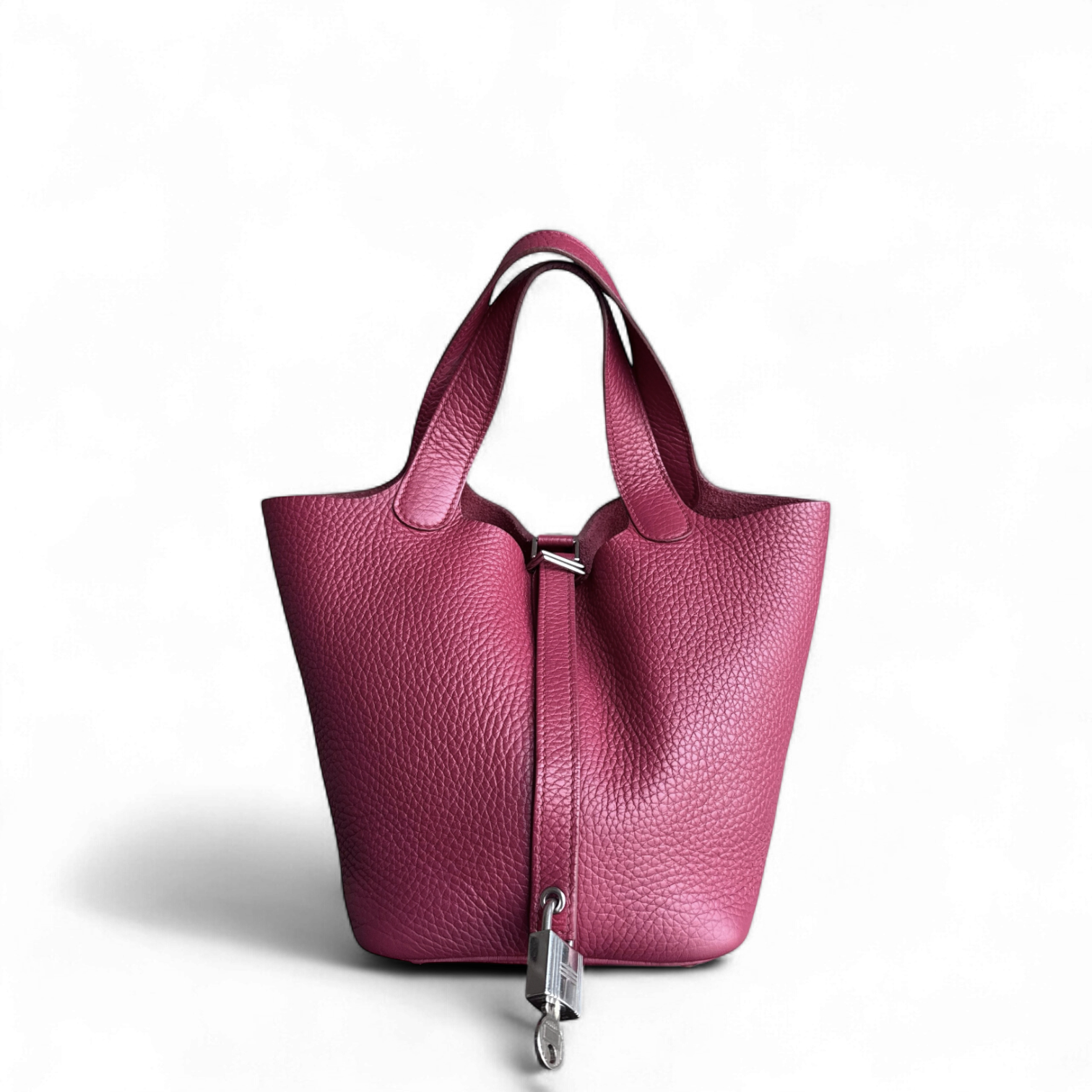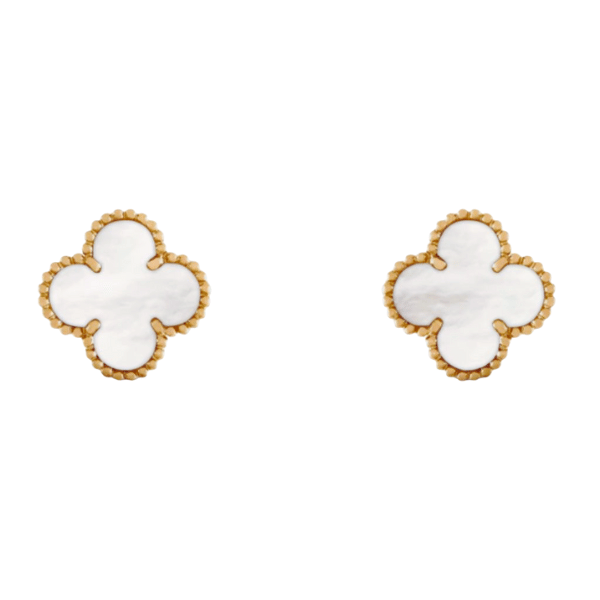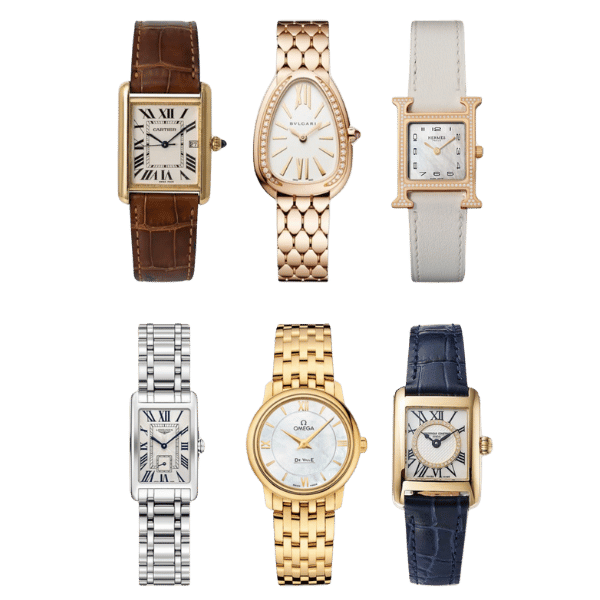History of Tiffany and Co: Where Did Tiffany Start
Founded in 1837, Tiffany & Co. started life as a modest stationery and fancy goods establishment in New York City, but soon established itself as a symbol of luxury and timeless elegance. Today, Tiffany is recognized as a premier jeweler for its dazzling diamonds and iconic blue boxes, which have become enduring symbols of luxury and style. The company was founded on a story of entrepreneurial spirit and innovation, resulting in a global legacy. In this article, we will delve into the captivating history of Tiffany & Co., examining its early years, pivotal moments in its evolution, and the individuals behind the name. This deep dive into Tiffany's emergence offers fascinating insights into how it transformed into one of the most revered luxury brands in the world, making it a must-read for any fine jewelry connoisseur or anyone interested in the stories behind iconic brands.
The Birth of an Icon

Tiffany & Co. was founded in 1837 by Charles Lewis Tiffany and John B. Young in New York City. The shop initially proclaimed itself to be a "stationery and fancy goods emporium," quickly attracting attention for the quality of its goods and the ingenuity of its designs. By mid-century, Tiffany & Co. had already acquired a name and fame as the foremost American jeweller, catalysts of such revolutionary ideas as sterling silver being established as the standard for jewellery in the United States. Such a strong foundation thus served to elevate the name as a manufacturer of luxury and positioned the brand for long-term success, for which founder Charles Lewis Tiffany remained an inspiration.
A Modest Beginning
Tiffany & Co. started in 1837 in New York City as a small stationery and fancy goods store. Charles Lewis Tiffany and John B. Young established it. The store began with $1,000 and focused on high-quality products, which quickly set it apart in the market. Excellence and innovation have created an environment that will enable the company to become a leading name in luxury design for its future.
Tiffany, Young, and Ellis
The company's inception dates back to 1837, when Charles Lewis Tiffany and John B. Young founded it. However, in 1841, J.L. Ellis joined in a partnership, causing the firm's name to be changed to Tiffany, Young & Ellis. This partnership enabled the firm to expand and diversify into luxury goods and jewelry. By focusing on exceptional design and craftsmanship, the firm established a reputation for quality, ultimately becoming a household name in the luxury retail industry. In 1853, the firm finally resigned itself to Tiffany & Co., a distinction that cemented the firm's identity and legacy in the industry.
Innovative Practices
From time to time, Tiffany & Co. has been well-advertised on these innovative platforms to maintain the company's position in the luxury industry. They introduced the "Blue Book" for the first time: an annual catalog of the finest designs manufactured by the company, thus setting the standards for customer engagement. The company also emphasized sustainability and transparency in its supply chain by using only ethically sourced materials from the outset. These innovations have gained recognition for quality and integrity while promoting modern consumer values.
Milestones That Shaped Tiffany & Co.

The Blue Book and Beyond
The Blue Book has been there since its first publication in 1845, cementing Tiffany & Co.’s long-standing reputation as a forerunner in luxury goods catalogs. It was considered the first mail-order catalog in the U.S. and presented customers with a careful selection of superb artistry and contemporary design. Every year, it delivers a breathtaking collection of high-jewelry pieces, showing the brand's dedication to artistic creativity.
Recent collections have included the rarest of gems, such as unheated sapphires and enriched diamonds, underscoring the company's ability to source and set exceptional jewels. For instance, the 2023 Blue Book centered on "Botanica," blending nature-inspired designs with a fresh, modern aesthetic. This year, the collection will also feature increased use of traceable and responsibly sourced materials, aligning with global sustainability conversations within the jewelry industry.
More recently, the integration of cutting-edge technological expertise, including the use of 3D design and precise laser techniques, has enabled Tiffany & Co. to craft high jewelry pieces of unmatched detail and execution. These approaches thus enhance the artistry and join with the spirit of innovation and the heritage that the brand represents. Still, the Blue Book remains an enduring representation of luxury, showcasing Tiffany's ongoing quest for perfection.
The Tiffany Diamond
The Tiffany Diamond is celebrated as one of the most illustrious gems in the world, renowned for its immense size and exceptional craftsmanship. The initial weight of the rough stone was 287.42 carats when it was found in 1877 at Masimong, part of the Kimberley Mines in South Africa. It was later purchased by Charles Lewis Tiffany, the founder of Tiffany & Co., who had it cut in a brilliant cushion shape with an almost unheard-of 82 facets to maximize brilliance and fire, rather than the usual 58 facets used in diamond cutting.
Weighing 128.54 carats, the Tiffany Diamond boasts a stunning yellow hue, is graded in the Fancy Yellow category, and is considered among the largest and most beautiful diamonds of its kind. Having undergone some of the finest polishing, it has become a historical centerpiece, worn only by a select few, including Audrey Hepburn during publicity for Breakfast at Tiffany's, Lady Gaga at the 2019 Academy Awards, and Beyoncé for the "About Love" campaign in 2021.
On the other hand, Tiffany & Co. pursues ethical sourcing and sustainability in the modern era, serving as a reminder of the company's commitment to responsibly sourced materials. Standing proudly beside the flagship store along Fifth Avenue in New York City, the Tiffany Diamond is a symbol of timeless beauty and a testament to the brand's enduring legacy of luxury and innovation.
The Tiffany Setting
Introduced in 1886, the Tiffany Setting has revolutionized the art of engagement ring making and presentation, setting a new standard in the jewelry industry. Created by Charles Lewis Tiffany, this ever-famous setting was the first to lift the diamond off the band in a manner that allows light to enter through and preserve the diamond's brilliance and fire to their maximum. The innovative design of the Tiffany Setting features six prongs that securely hold the diamond, allowing for an unobstructed view of the stone.
The Tiffany Setting exclusively uses conflict-free diamonds that meet the company's stringent criteria for quality and ethical sourcing. Each ring is artisanally handcrafted, requiring nearly a year to master the technique—a testament to the meticulous standards upheld by Tiffany & Co. designs. The Tiffany Setting is available in numerous precious metals, including platinum and 18k gold, symbolizing timeless elegance, precision, and understated sophistication, and remains highly sought after in luxury jewelry.
The Visionaries Behind the Brand

Charles Lewis Tiffany: The Diamond King
Charles Lewis Tiffany, born February 15, 1812, in Killingly, Connecticut, was a trailblazer in luxury goods and fine jewelry. Often referred to as "The Diamond King," Tiffany elevated the American jewelry market through innovative designs and uncompromising standards of impeccable quality. He and a partner founded Tiffany & Co. in 1837, and it has grown into what is arguably the most recognizable and prestigious name in the jewelry world.
Perhaps Tiffany's most indelible contribution was the creation, in 1845, of America's first mail-order catalog called the "Blue Book." The catalog showed off some of the most fabulous collections and set the tone for luxury retail marketing. He is also credited with popularizing diamonds in the United States. His company purchased one of the largest yellow diamonds in the world, known as the Tiffany Diamond, which significantly enhanced his renown.
The brand, under Tiffany's encouragement, also set the standard for sterling silver, fixing it at 925 parts per thousand, a standard the U.S. government later endorsed. Charles Lewis Tiffany established a legacy worthy of kings; with impeccable and refined tastes, his works attracted royalty, aristocracy, and notable individuals worldwide, including the French crown jewels. The lasting impact of Charles Lewis Tiffany extends beyond his life, marking him as a genius and an architect of the modern jewelry industry.
Louis Comfort Tiffany: Art Nouveau Pioneer
Louis Comfort Tiffany, son of Charles Lewis Tiffany, became a leading figure of the Art Nouveau movement. He is essentially the father of the modern movement in decorative arts, particularly with his creation and brilliant use of glass that could be admired in Tiffany & Co. store displays. Tiffany sealed his artistic genius by inventing and patenting, in 1894, the famous type of iridescent glass called "Favrile glass." His designs for stained glass lamps, windows, and mosaics combined natural forms and brilliant colors, with the organic motifs that defined Art Nouveau.
Tiffany & Co., established in New York, became synonymous with exceptional design and high-quality craftsmanship. It manufactured some of the most famous Tiffany objects, including the Dragonfly lamp and Wisteria lamp. Exhibited at various international expositions, his works gained significant exposure at the 1900 Exposition Universelle at Paris, where they garnered critical acclaim as well as top prizes. Setting a higher standard for decorative art, Louis Comfort Tiffany also gave American design an international face. Many of his timeless pieces are undoubtedly considered among the highest achievements of late 19th- and early 20th-century decorative art.
Designers of Note
Charlotte Perriand (1903–1999)
- Charlotte Perriand was a pioneering French architect and designer in the modern world of furniture design and interior design. While collaborating with Le Corbusier and Pierre Jeanneret, she co-designed items such as the LC4 Chaise Longue, which was functionally justified by its minimalist forms. Perriand emphasized the use of modern materials, such as tubular steel and aluminum, in conjunction with ergonomic design principles. She had higher ambitions for furniture design; she wanted better life environments and sustainable architecture to leave a lasting impact on modern design and urban planning.
Eileen Gray (1878–1976)
- An innovative figure in 20th-century design, Eileen Gray was an Irish-born architect and furniture designer who embraced the Art Deco and modernist movements, just like Tiffany's best standard designs. Her best-known designs are the Bibendum Chair and the E-1027 Adjustable Table, both of which perfectly capture Gray's balance of form, function, and beauty. In her line of work, she often used lacquer, glass, and chrome-all very high-level techniques akin to those in the Tiffany store. A pioneering figure in architecture and design, Gray's foundational contributions to modernism remain highly regarded in contemporary design discourse.
Isamu Noguchi (1904–1988)
- Isamu Noguchi was a renowned Japanese-American artist and designer whose work spanned multiple fields, including furniture, sculpture, and public spaces. With his signature organic shapes, Noguchi's landscape comprised creations like the Noguchi Coffee Table and Akari Light Sculptures, which melded traditional Japanese craft with modernist design through the beauty of the term itself. Besides embarking on his design projects, he collaborated with architects and industrial designers to create pieces that functioned as well as sculptures, yet balanced on the tightrope between object and utility. This defines his position in the canon of mid-century modern design.
The Tiffany Blue Box®

A Symbol of Elegance
The Tiffany Blue Box® stands as an icon of global renown for luxury and refinement. Introduced in the 19th century by the visionary Charles Lewis Tiffany, the landmark box stands for the brand's promise of exclusivity. In a shade of blue known as Pantone 1837, after the founding year of Tiffany & Co., it has grown into a symbol of eternal elegance. Under the strict guidelines of Tiffany, the box is reserved exclusively for purchases from the brand, as it represents one of the highest assurances of authenticity and prestige. It is said that consumers give much weight to distinctive brand packaging; therefore, the Tiffany Blue Box® is a significant marketing tool for high-end jewelry.
Trademarking a Legacy
Since 1998, Tiffany & Co. has zealously protected its famous Tiffany Blue as a registered trademark, ensuring that its distinctive color remains exclusively associated with the brand. The shade has been specially registered under Pantone 1837 and is recognized globally, with extreme care taken to protect its association with luxury and fine craftsmanship. According to intellectual property data, registering unique brand attributes, such as colors and designs, has become an increasingly successful strategy to combat counterfeiting and preserve brand equity. Studies have shown that consumers are 80% more likely to remember a brand when it uses a distinctive color scheme, validating the critical importance of Tiffany's trademarking of its color. This, therefore, stands as an affirmation that making brand imagery a tool of consumer perception and loyalty creates a strong identity that consumers uphold as a value of exclusivity and quality.
Cultural Impact
The cultural impact of a distinctive brand like Tiffany's color goes far beyond consumer goods. This strategic positioning has permeated art, fashion, and even social identity, becoming a symbol of luxury and aspiration. Studies reveal that over 60% of consumers link color to emotion and value, thereby establishing the psychological impact of targeted branding. These distinctive features have, in turn, seeped into popular discourse, serving as symbols of sophistication or exclusivity in movies, literature, and social media. This multi-dimensional influence demonstrates how branding, when done right and consistently applied, extends beyond business to shape cultural conversations and social preferences.
Tiffany in the Modern Era

Acquisition by LVMH
The signing of Tiffany & Co.'s purchase by LVMH Moët Hennessy Louis Vuitton in January 2021 marked a significant turning point in the luxury retail industry. Valued at $15.8 billion, this transaction, being the largest in the history of luxury brand acquisitions, indicated the importance of Tiffany as the very first American luxury brand. The focus was on increasing LVMH's presence in the fine and high-end jewelry trade, as well as diversifying its portfolio beyond fashion, leather goods, and wines.
Under LVMH's stewardship, Tiffany & Co. has recently improved its brand positioning and innovation. The late 1990s and early 2000s saw efforts made to appeal not just to young and global audiences, but also to maintain the aura and prestige of the iconic jeweler. Means taken to that purpose included modernizing flagship stores—the iconic Fifth Avenue store underwent a stellar transformation from an old-fashioned retail store to a highly innovative new retail format, among other initiatives, including the launch of revitalized product collections.
Moreover, LVMH has lent its marketing and sustainability expertise to promote Tiffany's message worldwide. Responsible sourcing of diamonds and transparent supply chain practices support changes in consumer preference toward ethical products—and thus, Tiffany further supports this. The acquisition not only secures Tiffany's future growth but also fortifies LVMH's dominance over this fiercely competitive luxury landscape.
Expanding Horizons
The acquisition of Tiffany & Co. by LVMH has been a potent avenue for extending market presence, especially in the Asia-Pacific region and the Middle East, where demand for luxury goods is going to register a steep growth trajectory. According to recent market analysis for 2023, the luxury jewelry market is expected to surpass $300 billion by 2030, driven by rising disposable incomes and evolving customer preferences for high-end products. Therefore, this strategic partnership enables LVMH to capitalize on this trend by leveraging Tiffany's brand value to establish a more substantial presence in these lucrative markets.
With further advancements in digital technology come increased possibilities of reaching a global audience. By implementing faster e-commerce strategies and retail experiences, LVMH could utilize augmented reality technology to offer an immersive shopping experience. These approaches draw the whole focus of brand attractiveness to the newer, tech-savvy generation of consumers, thereby laying the groundwork for enduring international success in the growing industry.
LVMH's infrastructure enables Tiffany to be an internationally recognized brand of ethically sourced luxury, responding to the demand for transparency and responsible business practices in the very act of achieving the company's goals. It, therefore, places both in a comfortable position for worldwide success and perpetuates their mutual concern for the future of all things luxury.
Innovations in Design
Tiffany & Co. continues to revolutionize luxury design by fusing timeless craftsmanship with contemporary technologies and sustainability-centered approaches. The brand introduced next-level technology, such as 3D prototyping, allowing designers to test intricate details and optimize designs before final production. In this way, it increases precision and reduces material waste, considering sustainability goals.
Additionally, Tiffany's acceptance of lab-grown diamonds marks a landmark innovation in the luxury jewelry industry, in response to consumer demand for eco-friendly alternatives to diamond rings. Lab-grown diamonds are chemically and physically identical to mined diamonds, but they are produced through technological processes that minimize environmental impact. This convergence of time-honored crafts and modern technology makes Tiffany one of the first companies to reimagine luxury jewelry for the modern era.
The manufacture of sustainable material artifacts also translates into adapting Tiffany's product lines. By using recycled metals and gems sourced from responsible channels, the highest levels of ethics are adhered to. These developments embody a modern approach towards environmental conservation and thus set the standards for the rest of the industries.
The Future of Tiffany & Co.

Recap of Milestones
Tiffany & Co. has built a legacy of excellence through a series of pivotal milestones that have defined its position as a luxury jeweler. Established in 1837, the brand quickly rose to international fame after adopting its signature Tiffany Blue color, thereby cementing its identity. The introduction of the Tiffany Setting engagement ring in 1886 stands as another milestone in the annals of history, benefiting the diamond industry by providing an opportunity to showcase the best brilliance.
Further innovation came with the brand's adoption of the 925 sterling silver standard in 1851, setting new benchmarks for workmanship. Recently, with LVMH's acquisition of Tiffany in 2020, an era of strategic growth and expansion has begun, positioning the brand in new markets while maintaining its focus on artistry and quality. Another milestone in global expansion was the publication of the “Believe in Dreams” campaign, reportedly coinciding with efforts to integrate a digital focus into Tiffany, aiming to engage younger demographics and foster a modern interpretation of luxury.
Future Trends
The luxury jewelry market is expected to witness steady growth due to changing consumer preferences and advancements in sustainability. With increasing demand for transparency, brands will eventually lean towards blockchain implementation to keep a laser focus on the provenance of gemstones and precious metals. This development will instill consumer trust and ensure that ethical sourcing practices are maintained throughout the supply chain.
Consequently, digital innovation will continue to mold the future of luxury retail. Virtual try-ons using AR are rapidly becoming the norm, delivering personalized shopping experiences for tech-savvy consumers. The future of online luxury sales appears very promising globally, with estimates suggesting that it may account for up to 30% of total sales over the next five years.
Sustainability and ethics will forever be a priority for consumers. Many brands have invested substantial sums in developing carbon-neutral operations and exploring alternative methods to recycle precious materials without compromising on quality. These initiatives provide a direct working platform for companies to attract environmentally conscious buyers seeking luxury products with a smaller ecological footprint.
Evolving Legacy
The luxury world is increasingly fusing tradition and innovation to anchor itself in an ever-shifting market environment. By 2028, the global luxury market is projected to be worth approximately $352 billion, driven by consumer demand and technological advancements. Heritage brands utilize modern technologies, such as AI and blockchain, to enhance customer experiences and ensure product authenticity, without compromising on the very crafts and exclusivity that have historically defined their name. On the other hand, with digital-first luxury gaining momentum, direct-to-consumer models and e-marketplaces have gained traction, now accounting for nearly 22% of global luxury sales. Therefore, this beautiful synergy between the old and the new upholds the historical relevance of luxury brands while making them relevant to an entirely new set of consumers.
Frequently Asked Questions (FAQs)
Q: Where did Tiffany start its journey in the jewelry industry?
A: Tiffany & Co. was established in 1837 by 25-year-old Charles Lewis Tiffany in the city of New York. It began as a stationery and fancy goods store on Broadway, but it quickly became the premier jewelry store in the United States.
Q: What role did Charles Tiffany play in establishing Tiffany & Co.?
A: Charles Tiffany took control of the company and established it as a premier American jewelry brand. His vision and dedication to quality helped shape Tiffany into the iconic retailer it is today.
Q: How did the Tiffany Blue Box come to symbolize luxury?
A: Charles Tiffany had this signature color box introduced, now synonymous with luxury and elegance. The Tiffany Blue packets heighten the craft of purchasing Tiffany jewelry and are recognized worldwide.
Q: What are some famous designs associated with Tiffany & Co.?
A: Tiffany & Co. is so well known for iconic designs that include the Tiffany Yellow Diamond, Bird On A Rock, and jewels styled by masters such as Elsa Peretti and Jean Schlumberger. The public has highly favored the Tiffany Knot and Tiffany T Collection.
Q: Who are some notable designers whose legacy has become part of Tiffany?
A: Renowned designers such as Elsa Peretti, Jean Schlumberger, Paloma Picasso, among others, have all made significant contributions to Tiffany & Co. through design, vision, art, and promotion, creating an evolved identity and means of expression for the brand.
Q: What does the Tiffany Yellow Diamond mean?
A: The Tiffany Yellow Diamond is one of the biggest and most famous fancy yellow diamonds known to man. Discovered first in South Africa, it has been a central piece in Tiffany's collections, which portray the brand's emphasis on exceptional gemstones.
Q: How did Tiffany maintain its status as the preeminent jeweler?
A: To maintain its status, Tiffany & Co. has raised the bar in high-quality workmanship, iconic design, and strategic marketing, including the famous Tiffany Blue Book collection that features exclusive pieces of jewelry.
Q: What is the history of Tiffany's flagship store?
A: Since 1940, Tiffany's Fifth Avenue flagship store has grown to become a landmark. This store carries the aura of a great legacy and sells a wide range of high-quality jewelry, including engagement rings and custom pieces.
Q: How does Tiffany & Co. assure the authenticity of its products?
A: Tiffany & Co. prides itself on craftsmanship and employs gemologists to carry out authenticating work on its gemstones and jewelry. This is a significant measure against counterfeit sales of Tiffany items, thereby maintaining the brand's prestige.
Reference Sources
1. Tiffany & Co. Press Room - Charles Lewis Tiffany
- Shares insights into the personal life of Charles Lewis Tiffany, who founded the company with others, as well as in the early days of the company.
Contact Luxury Evermore should you need help with acquiring or building up your collection. There is a variety of brands with different styles, as well as sizes, and colors, for example, Hermes, Chanel, lv and Dior. If you are not lucky enough to find the bag you are looking for on our website then our concierge team will probably be able to order it for you. We provide 100% authenticity guarantee for all our bags, and any item sold on this site will be dispatched to you within one to two business days upon receipt of the payment.




